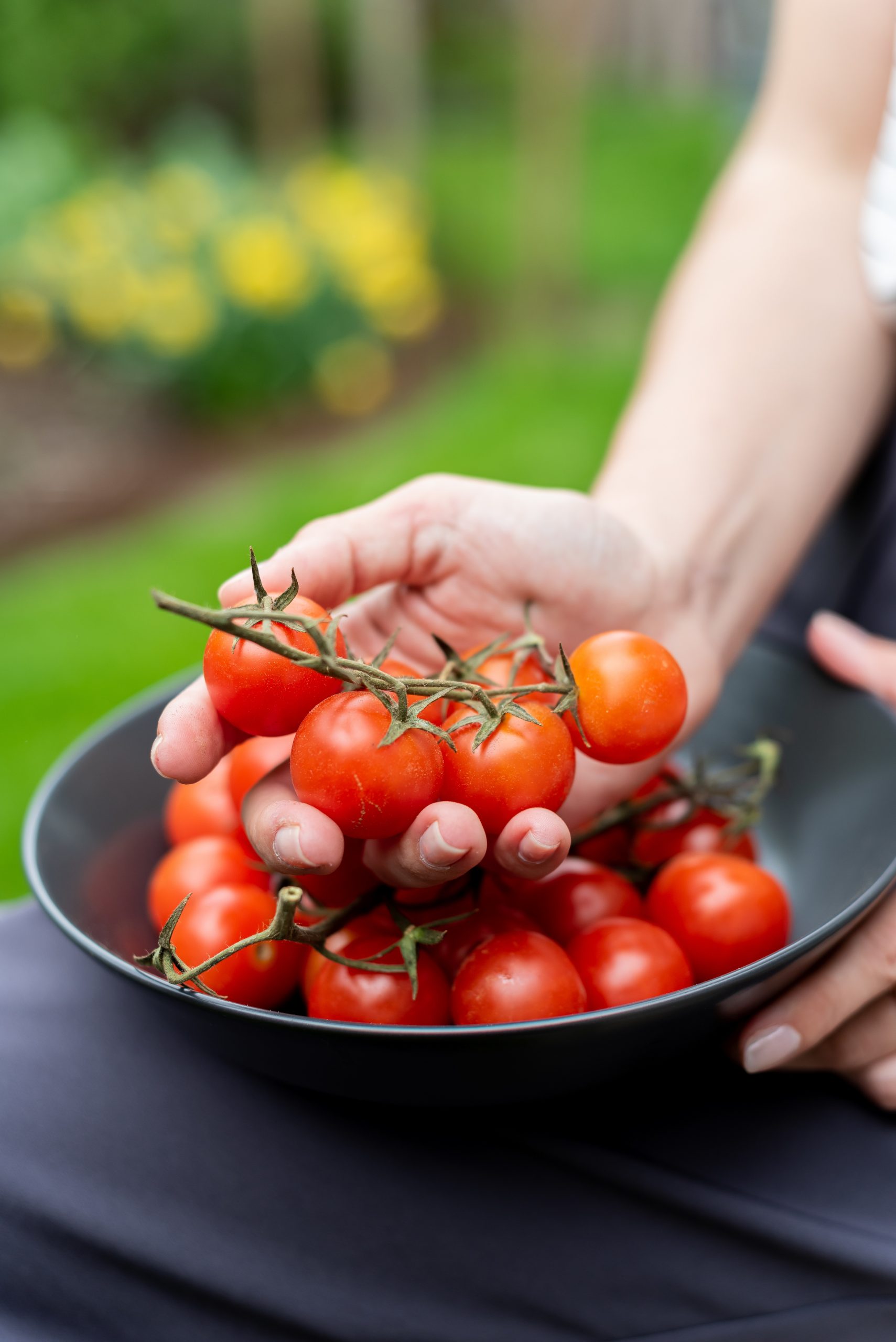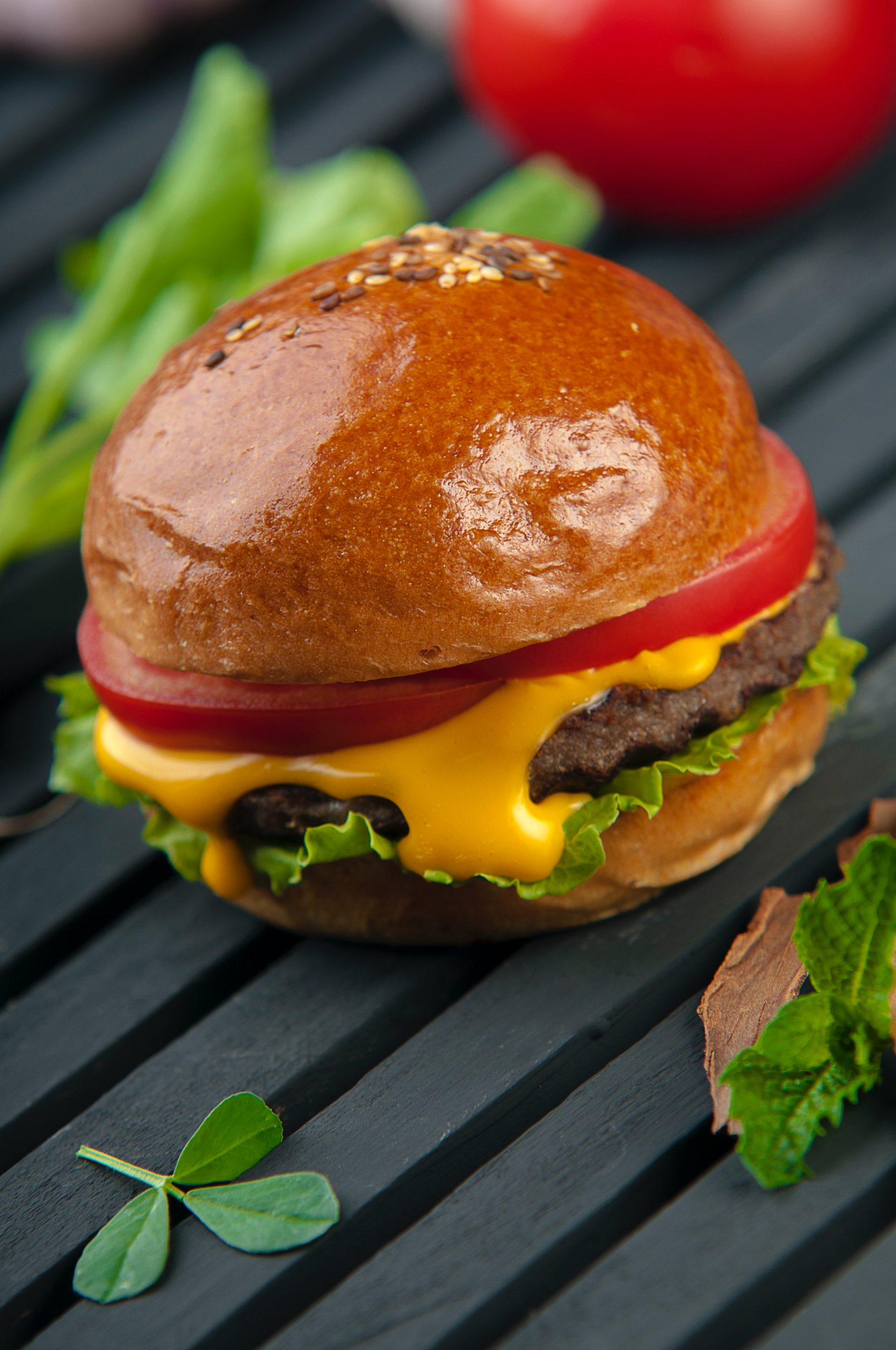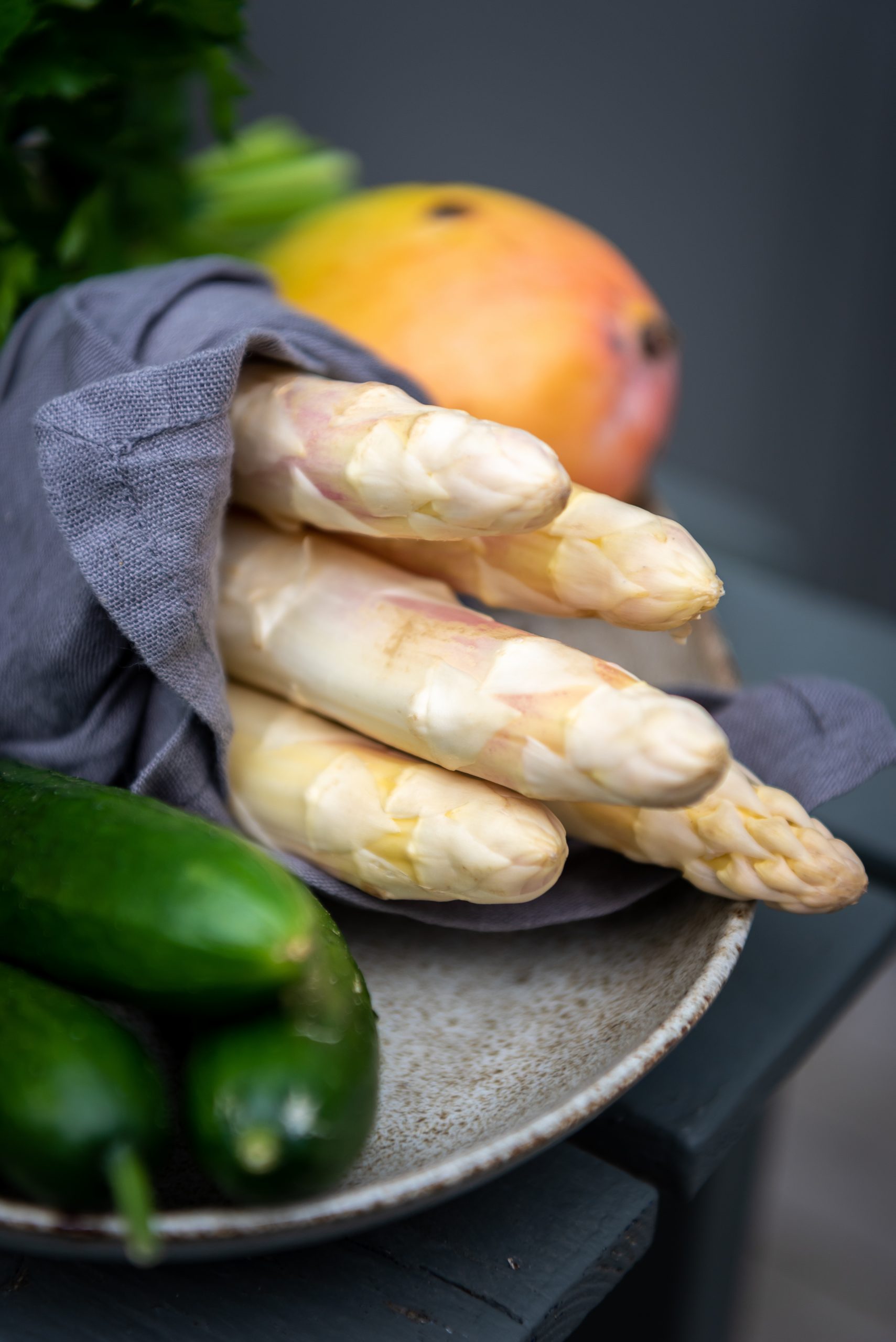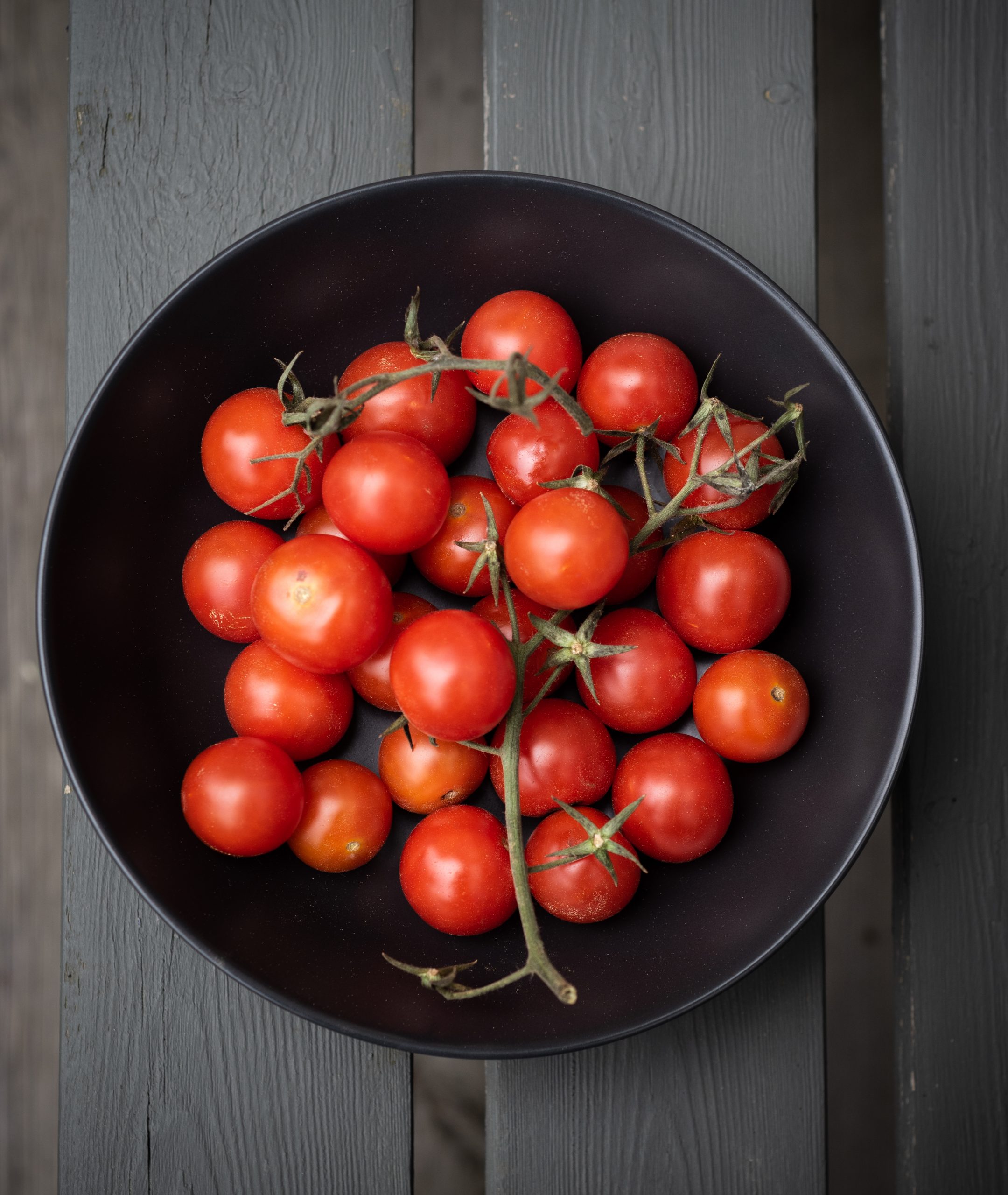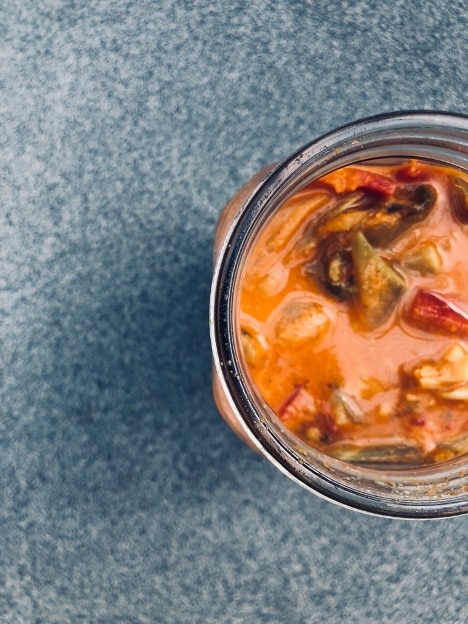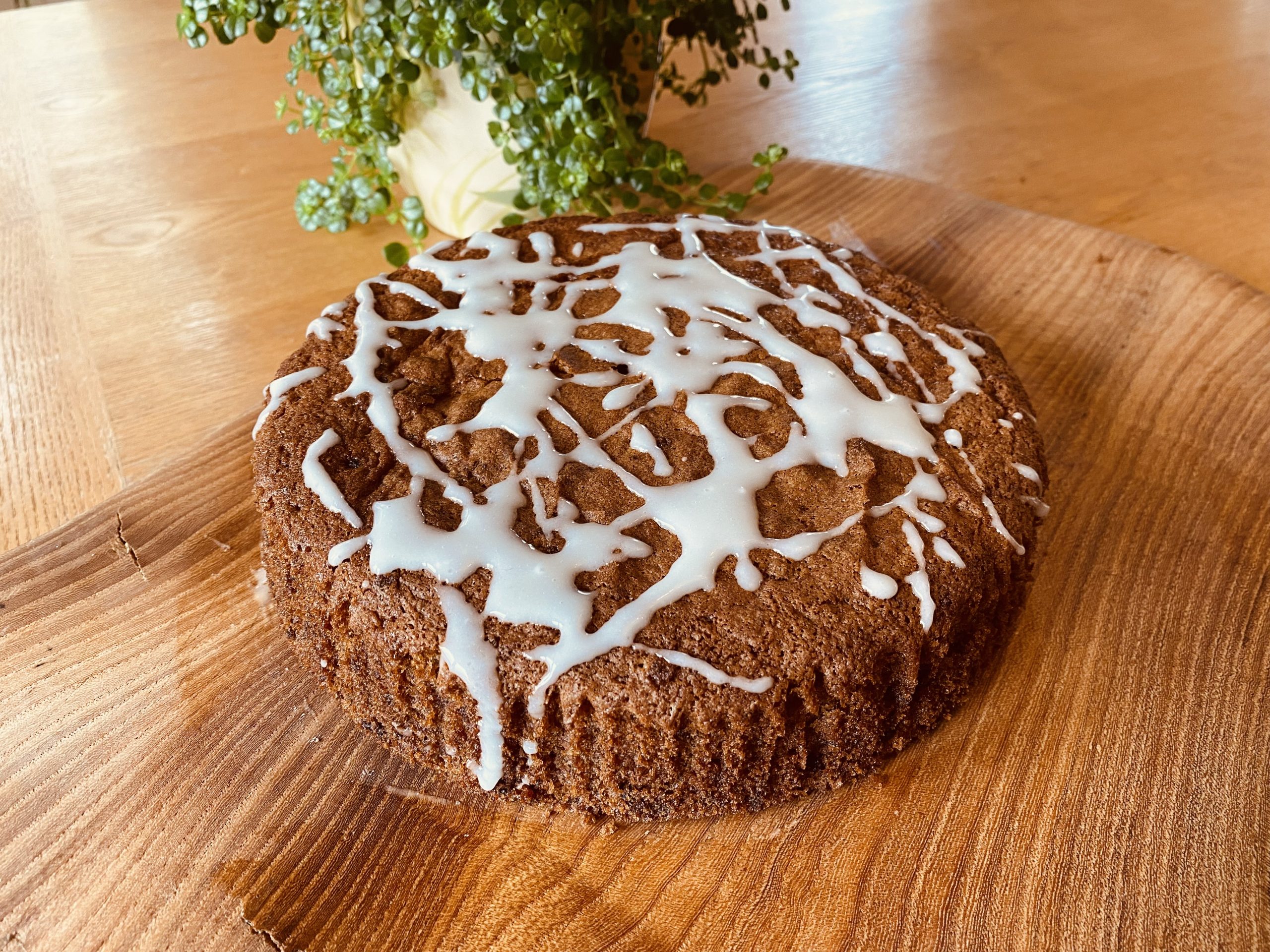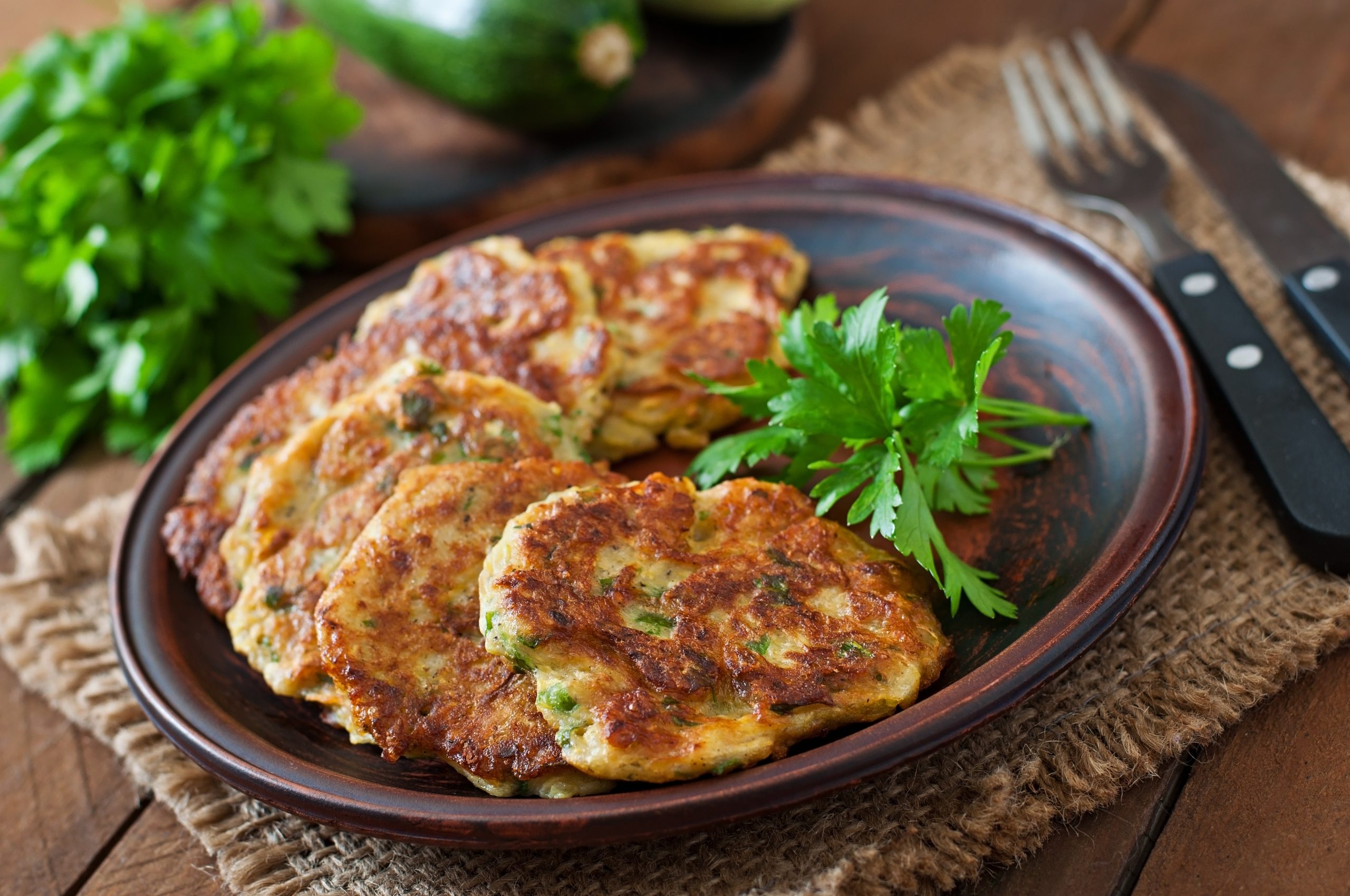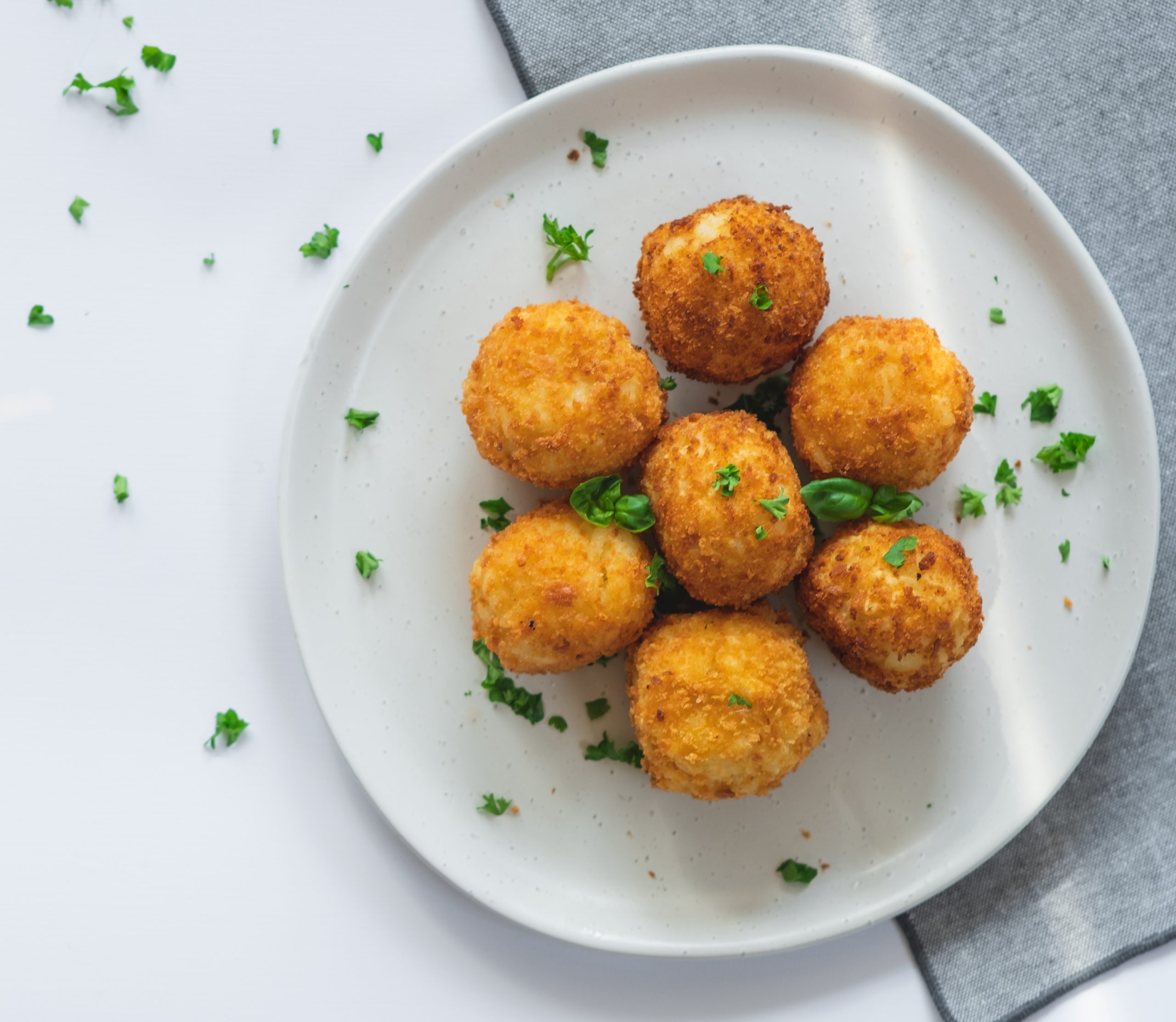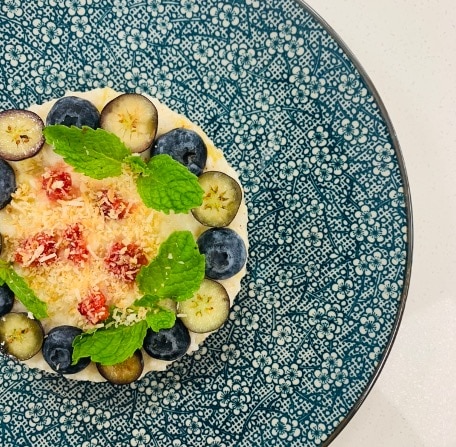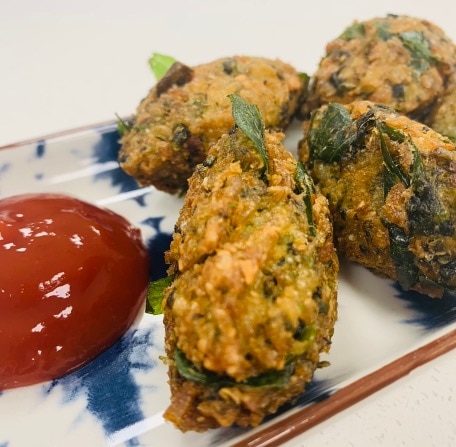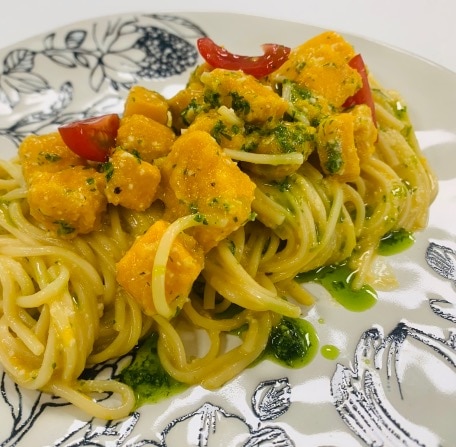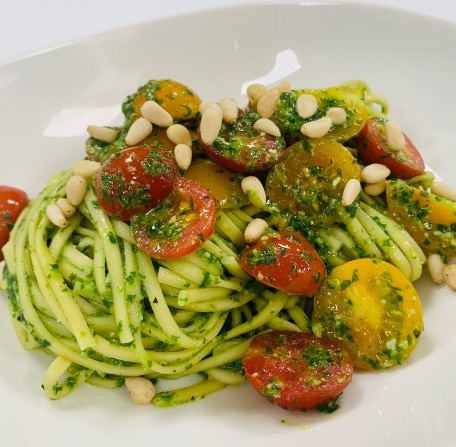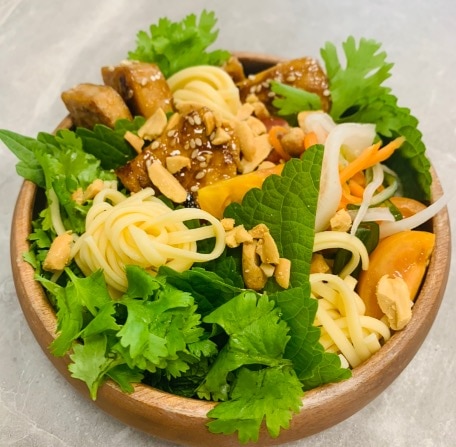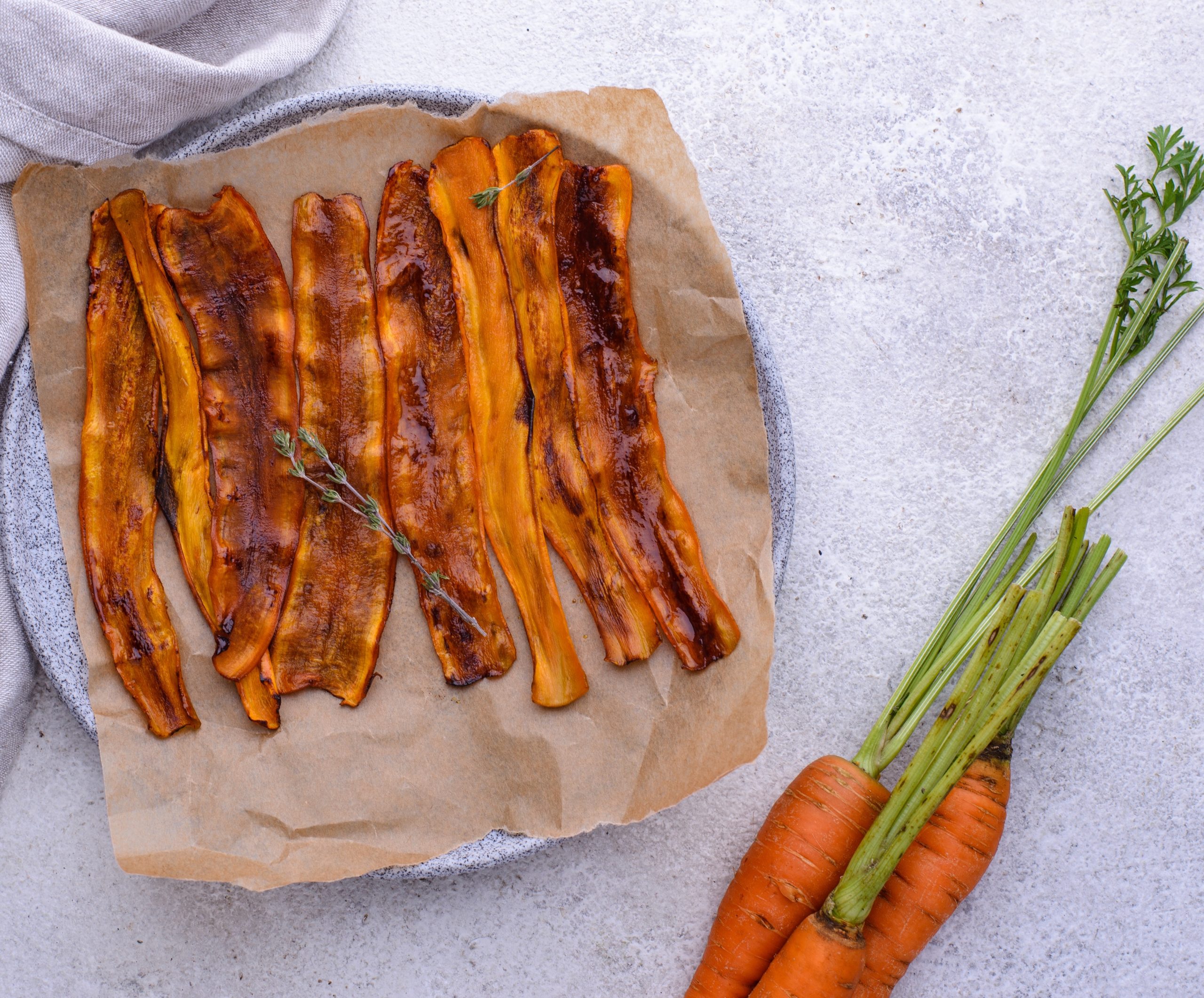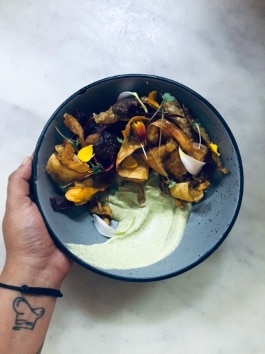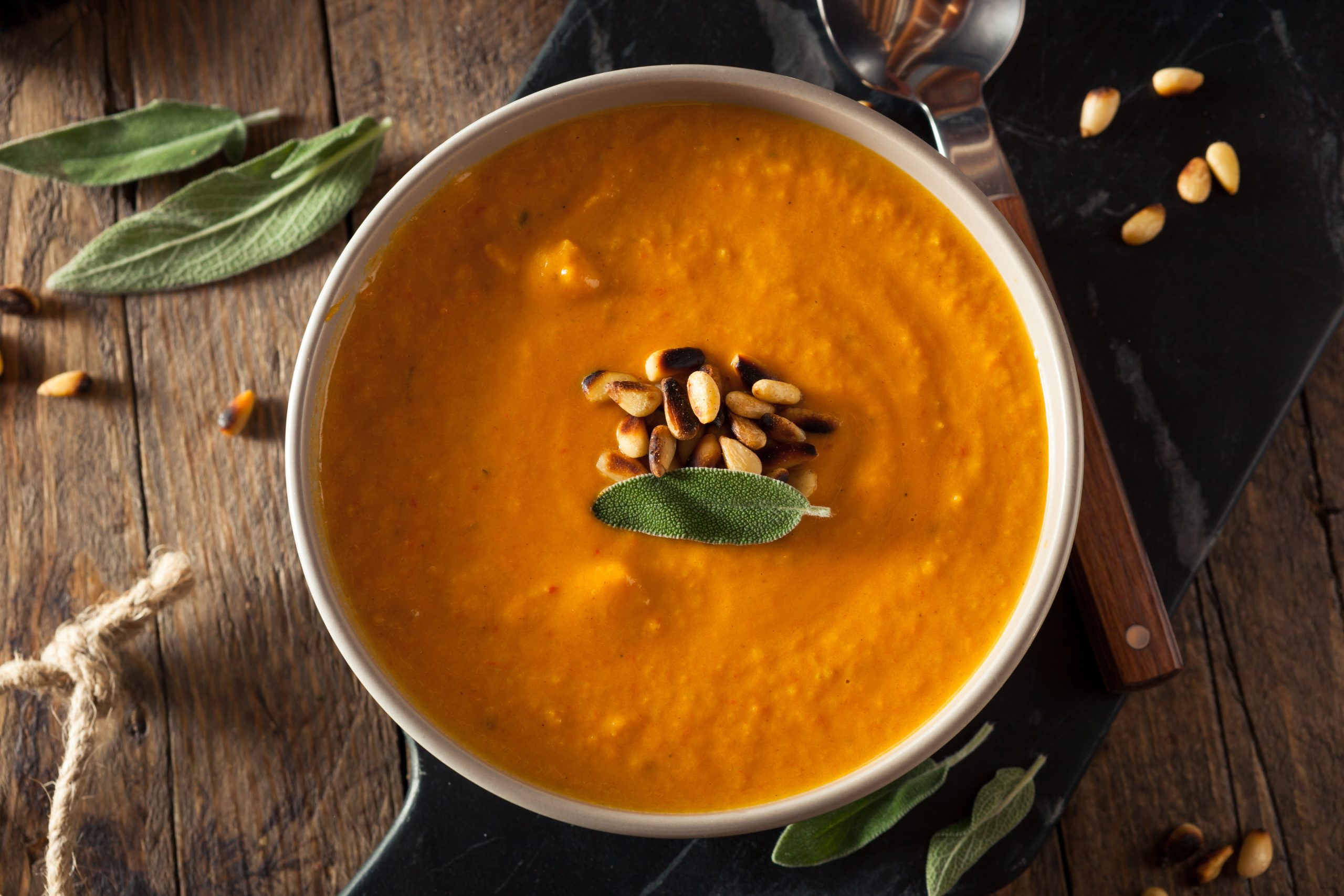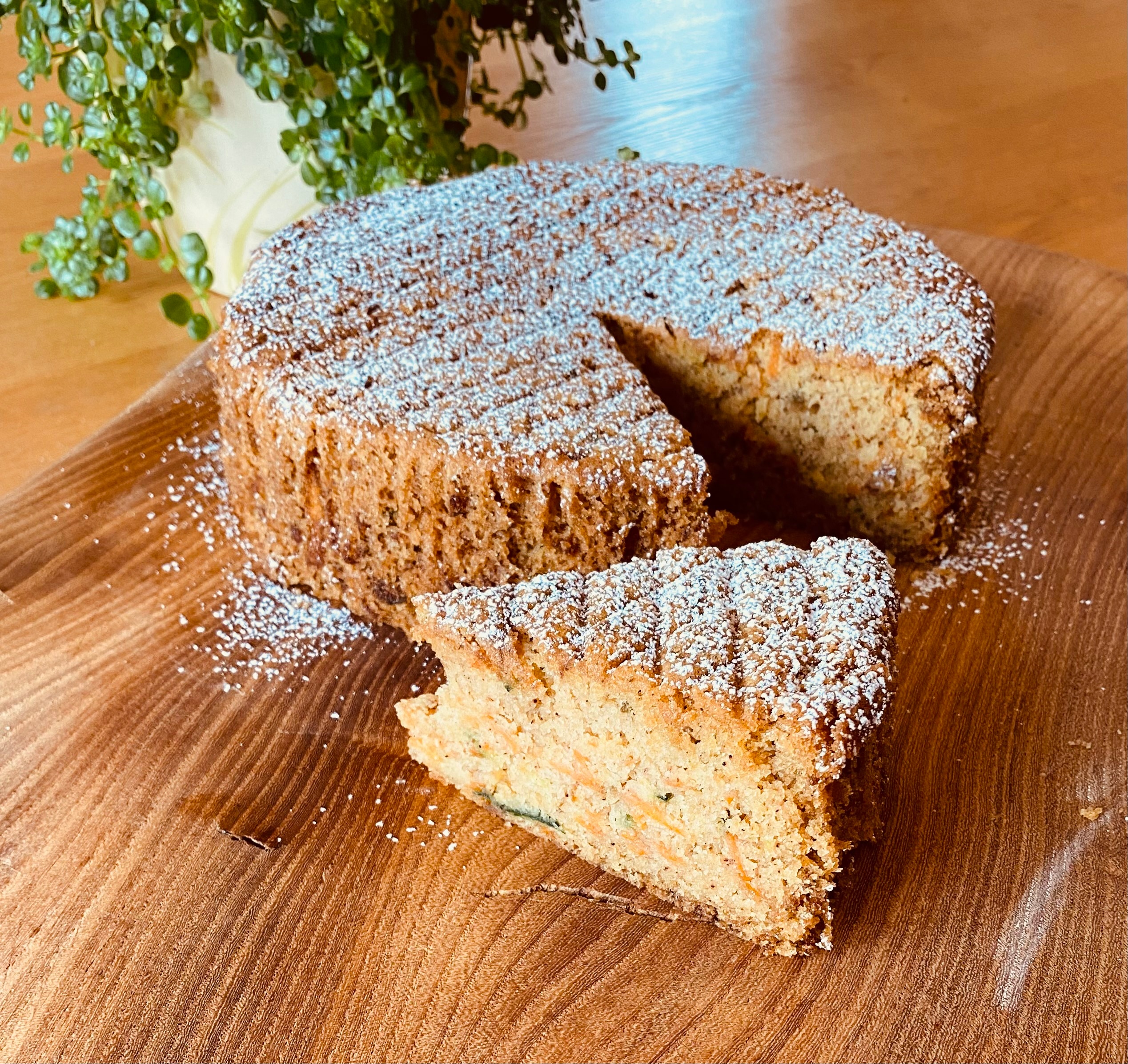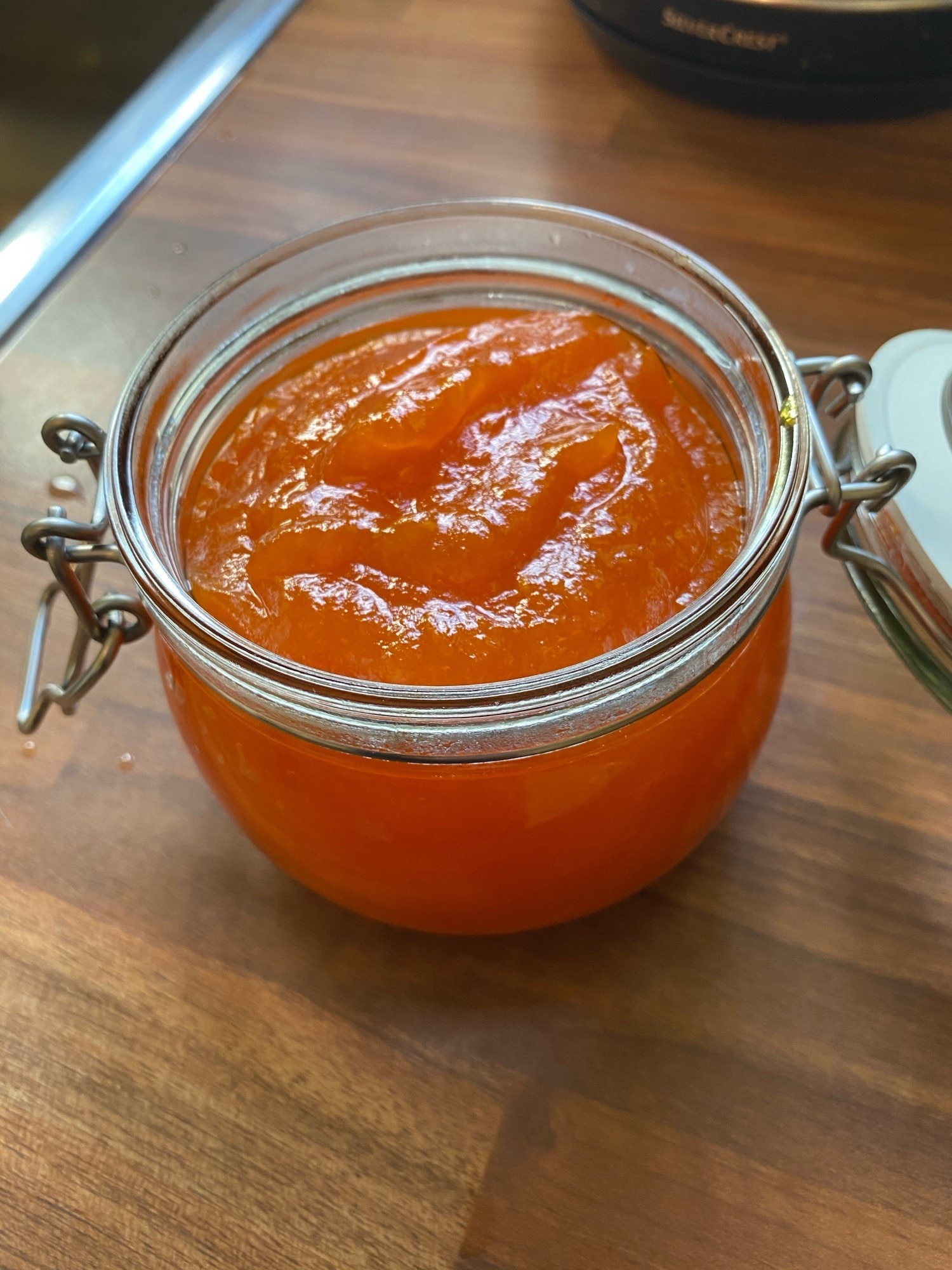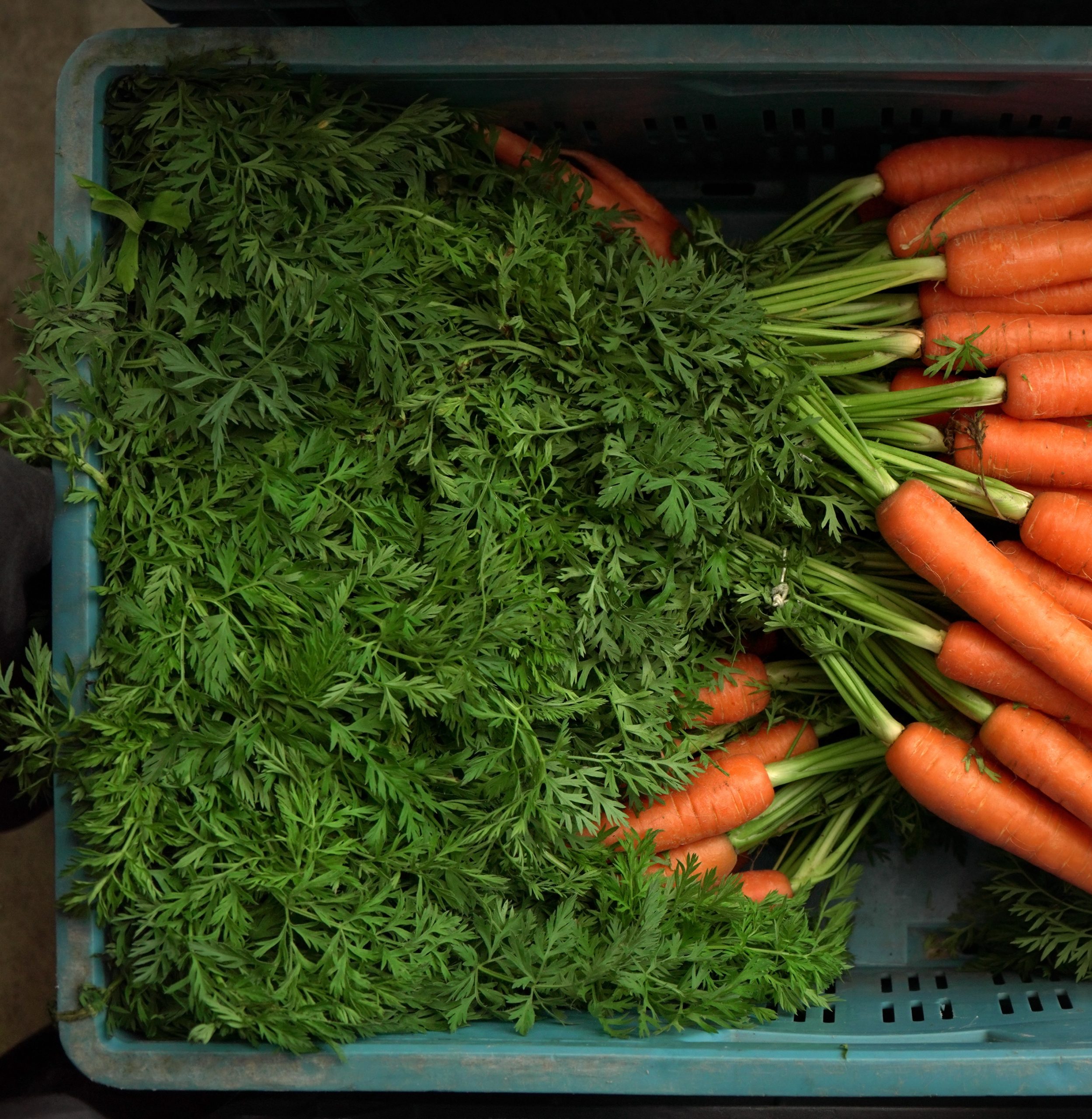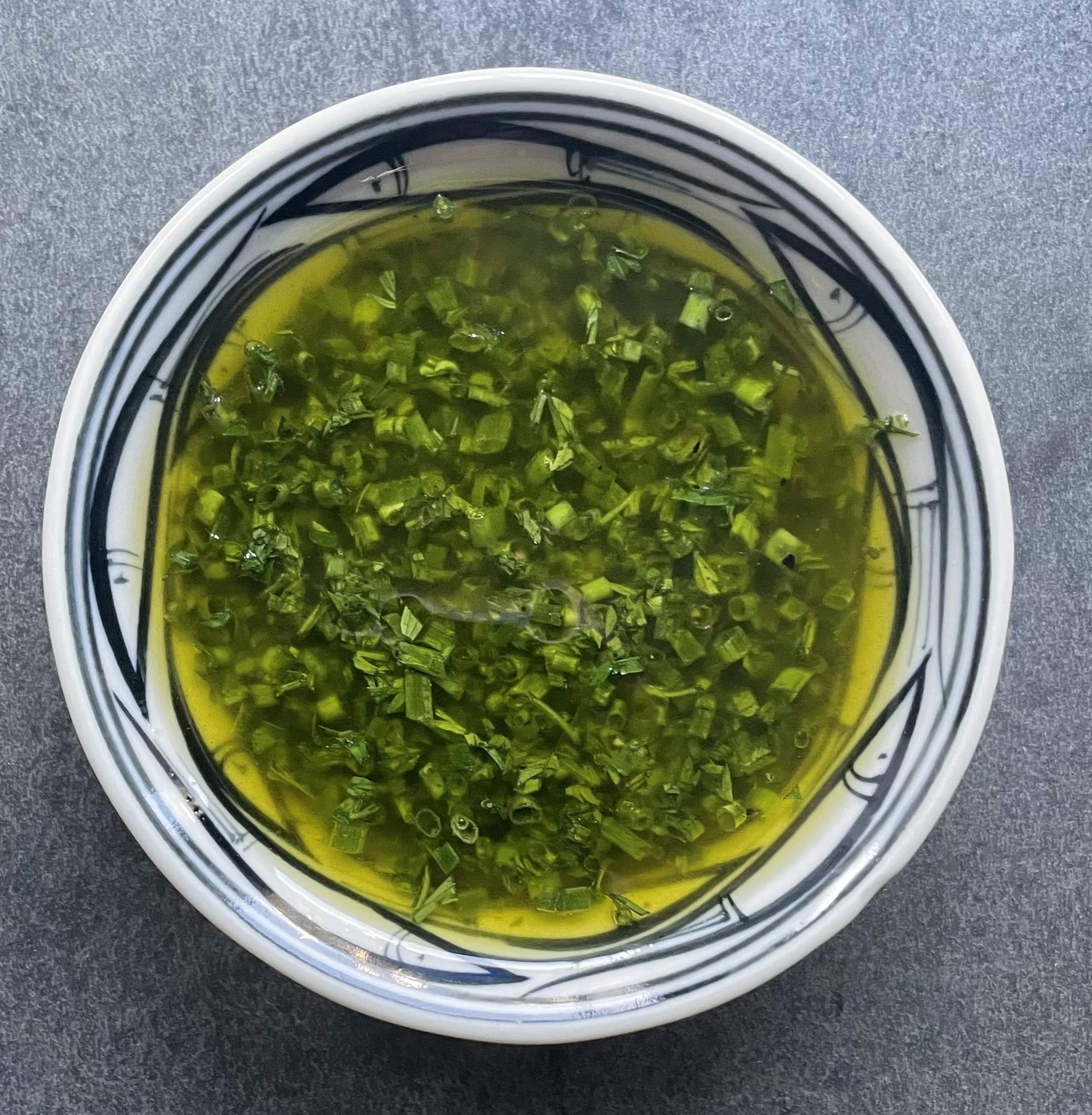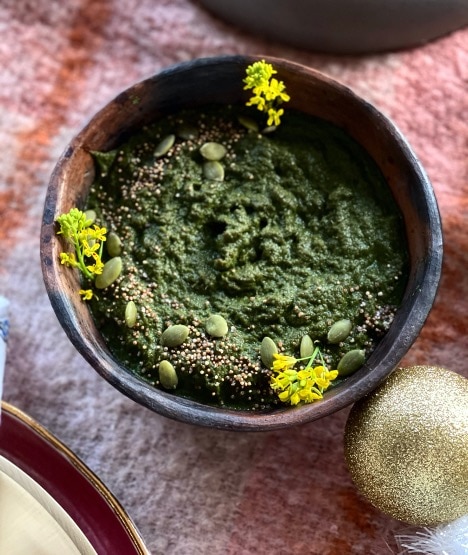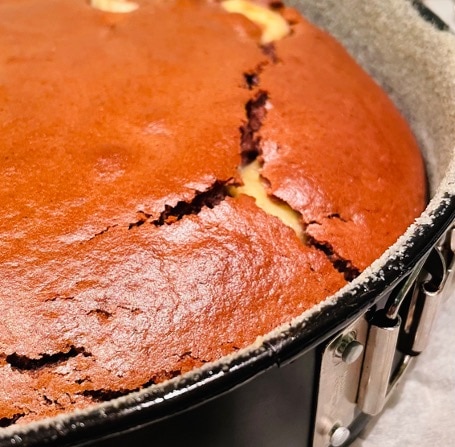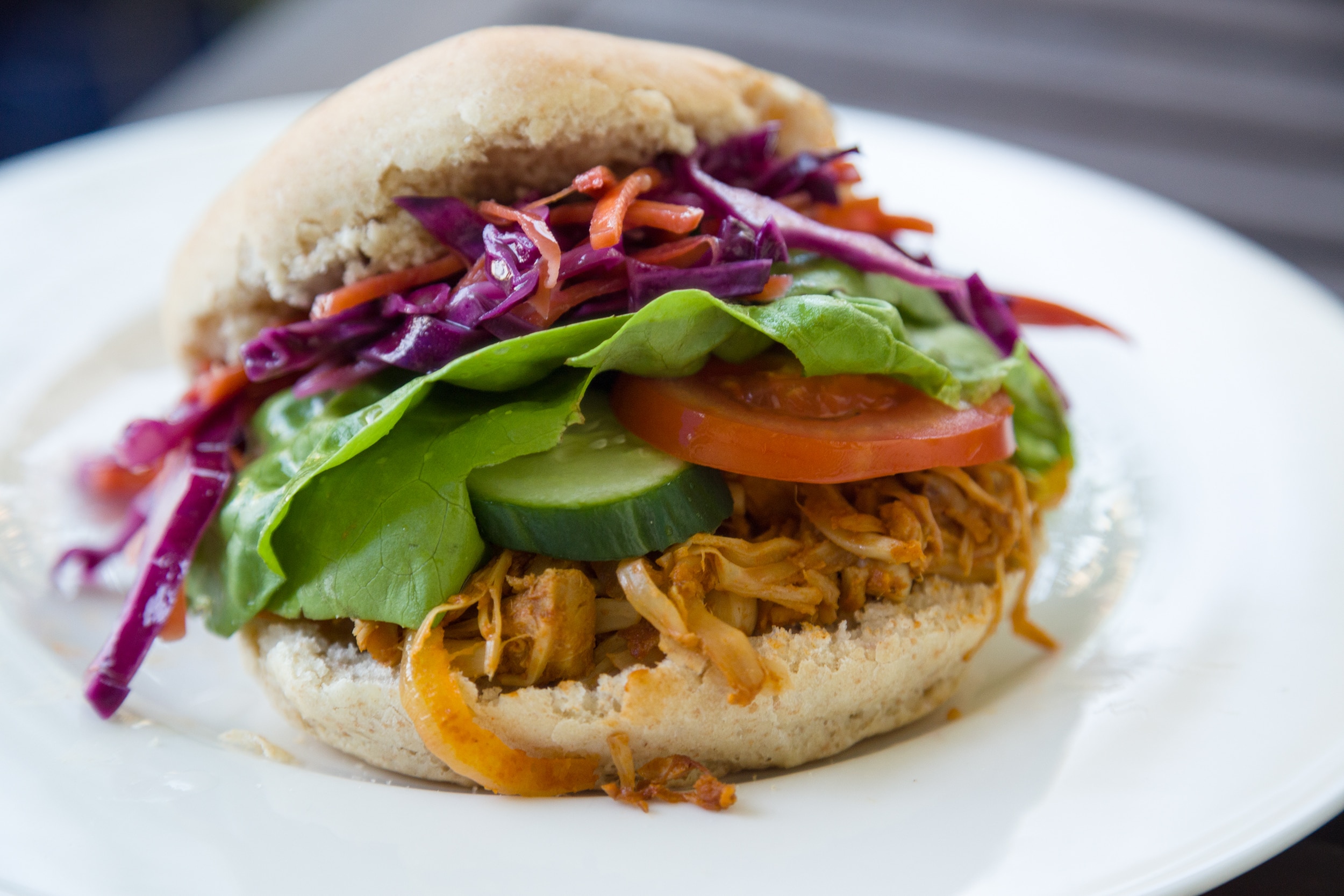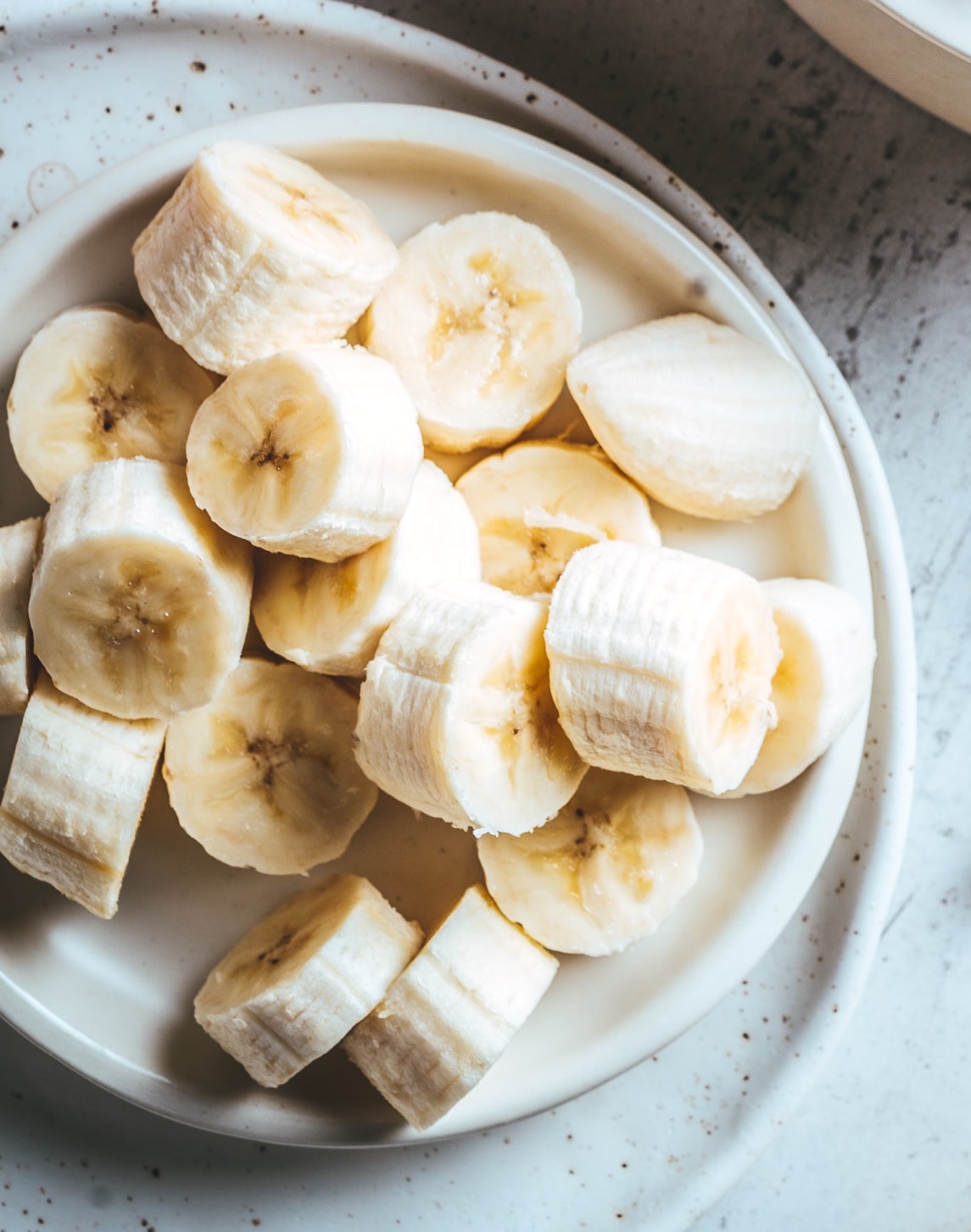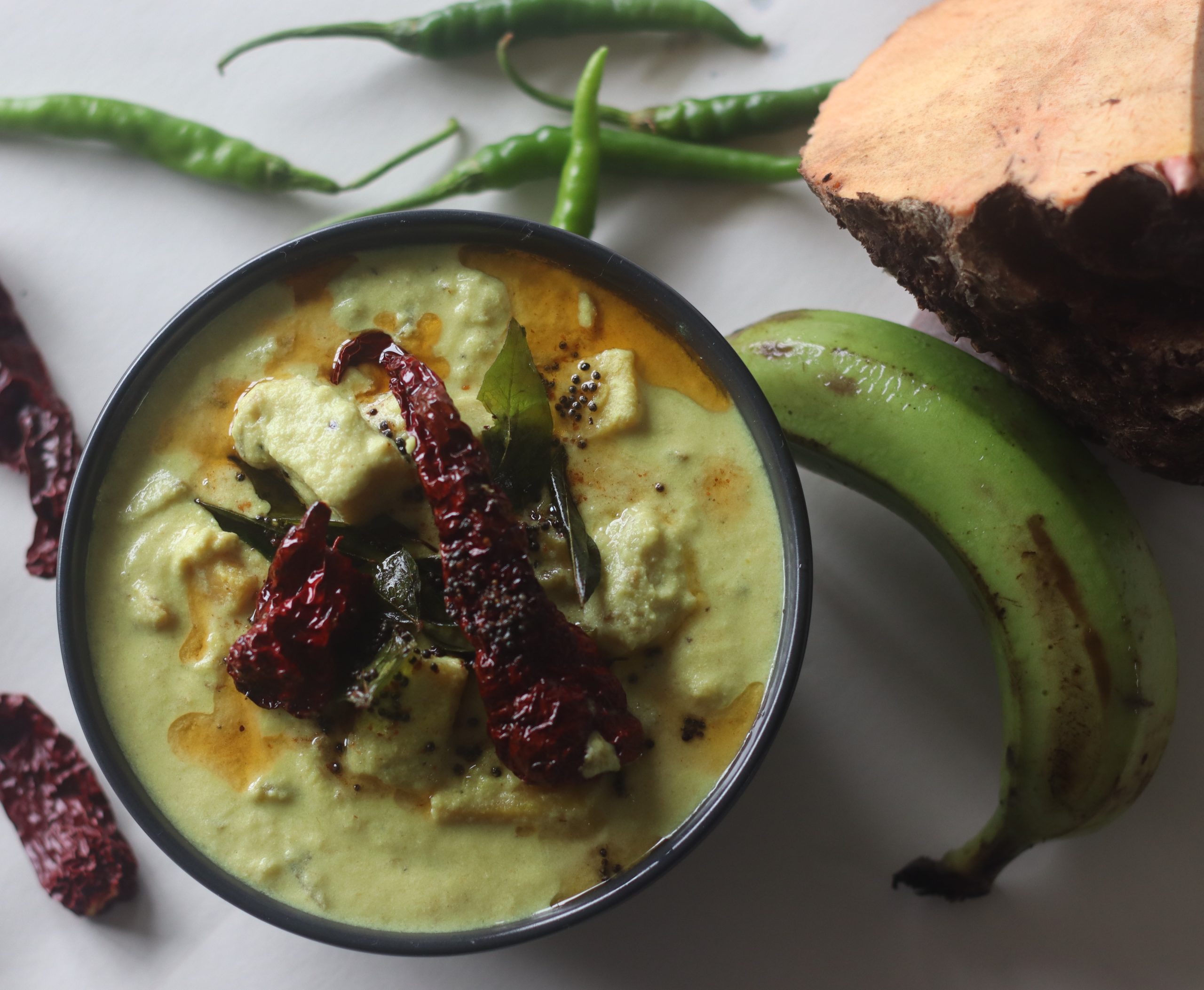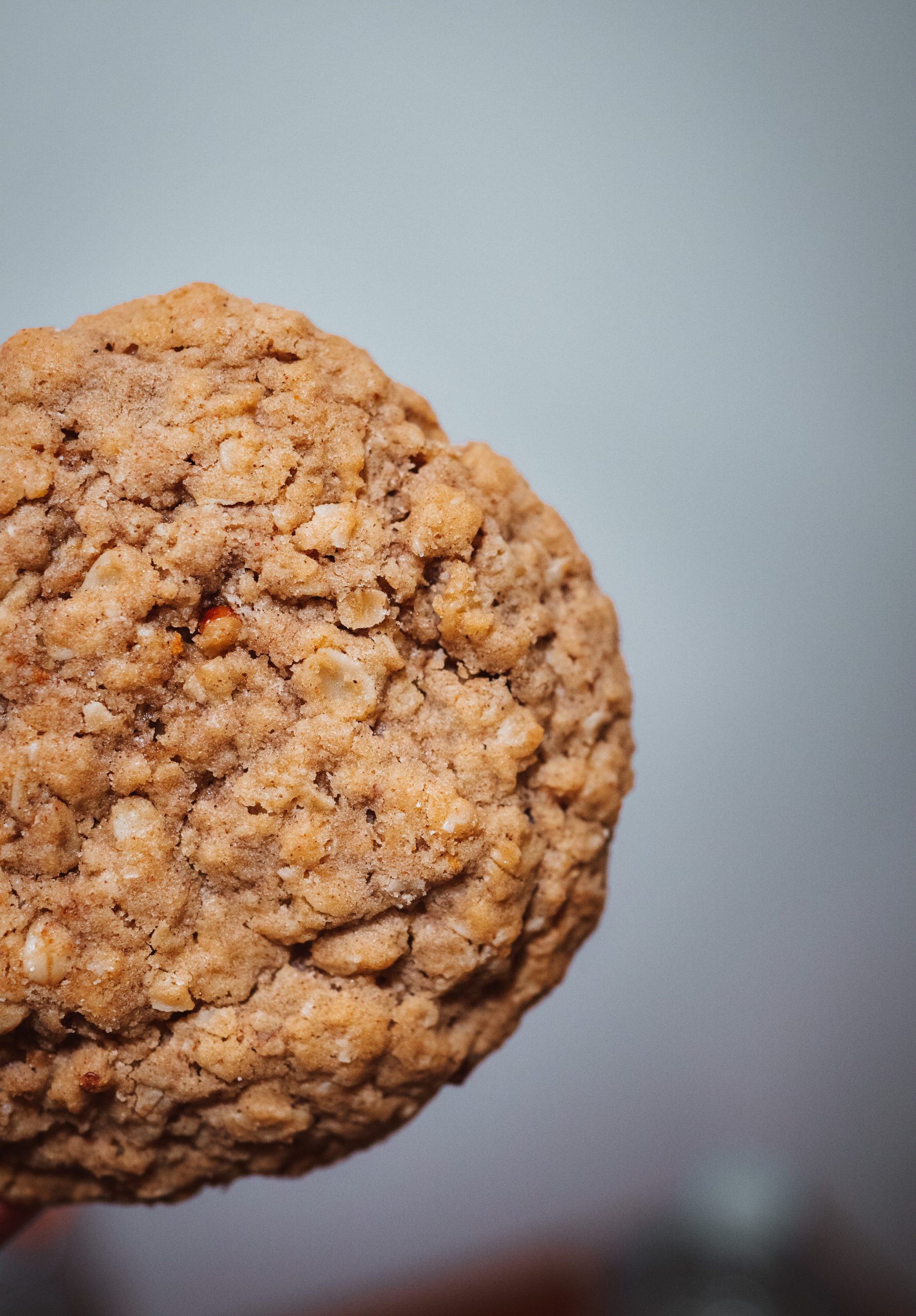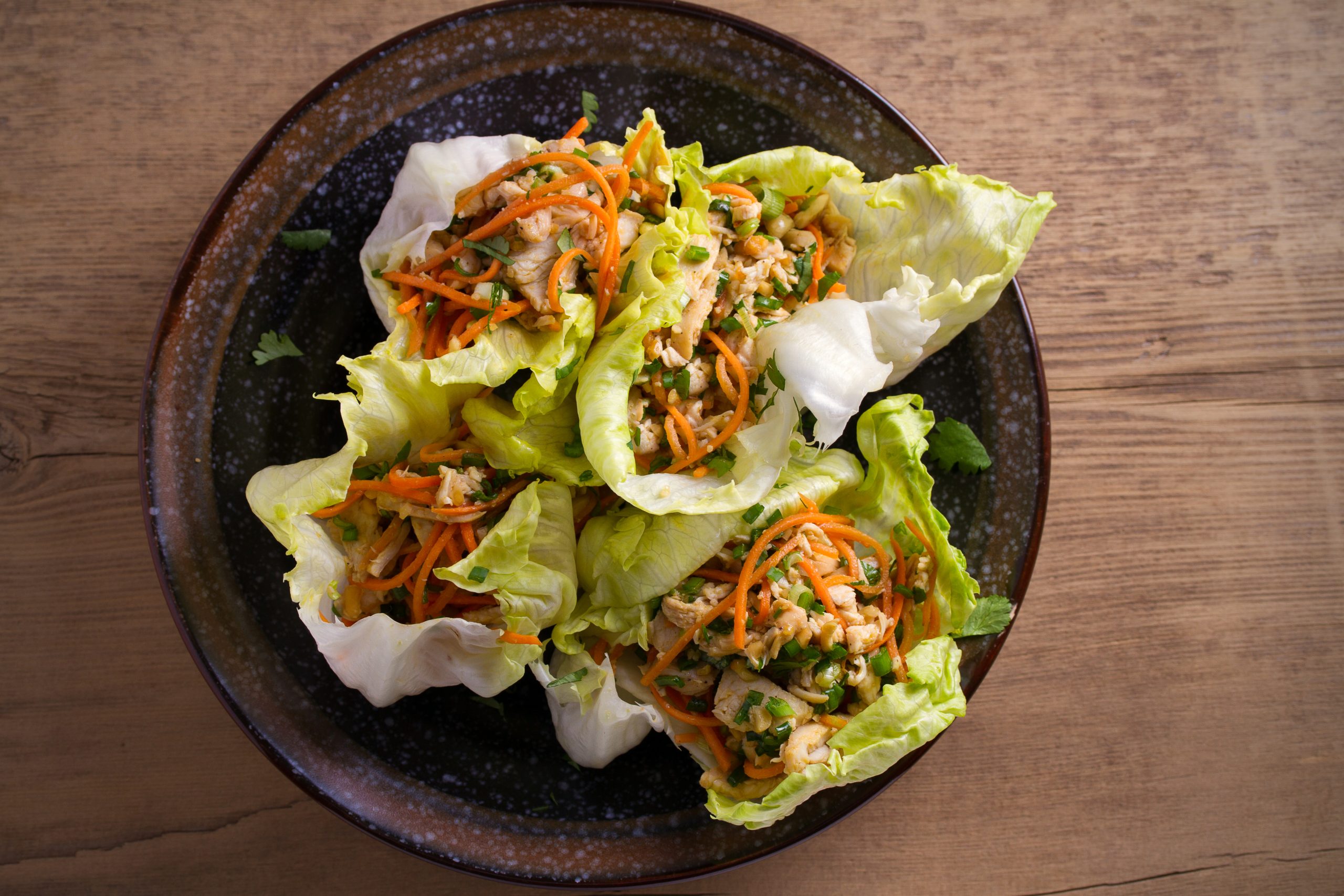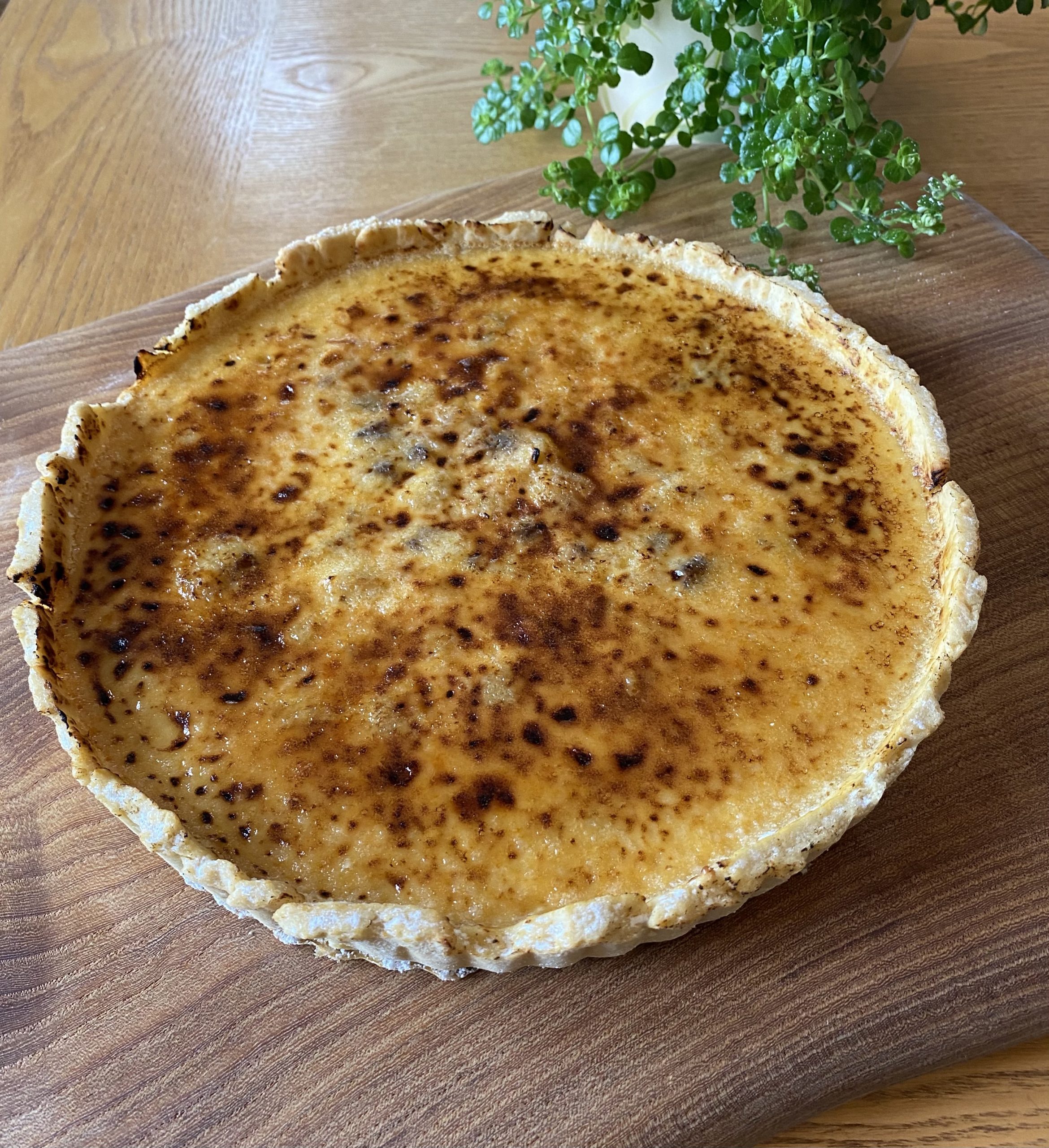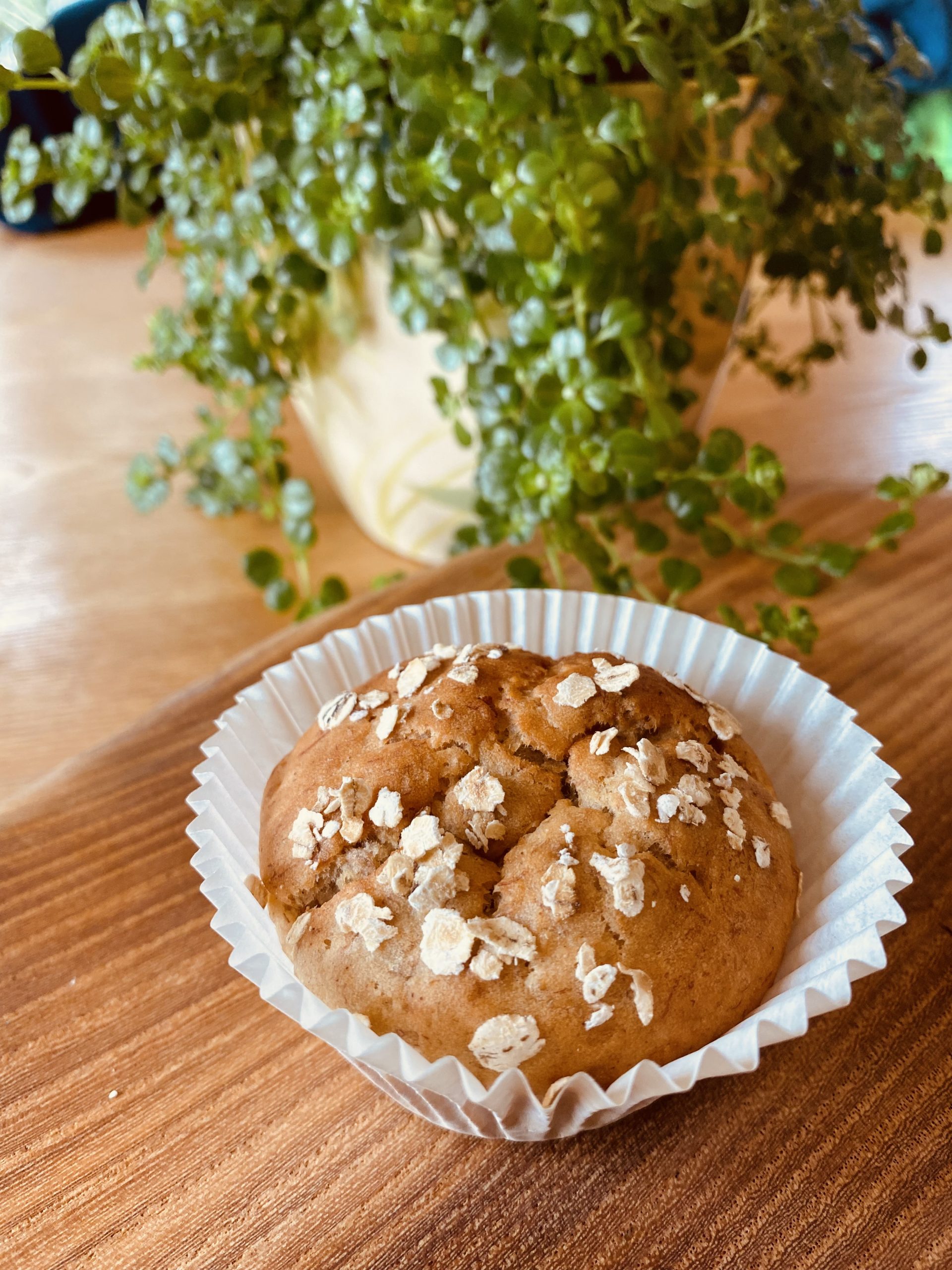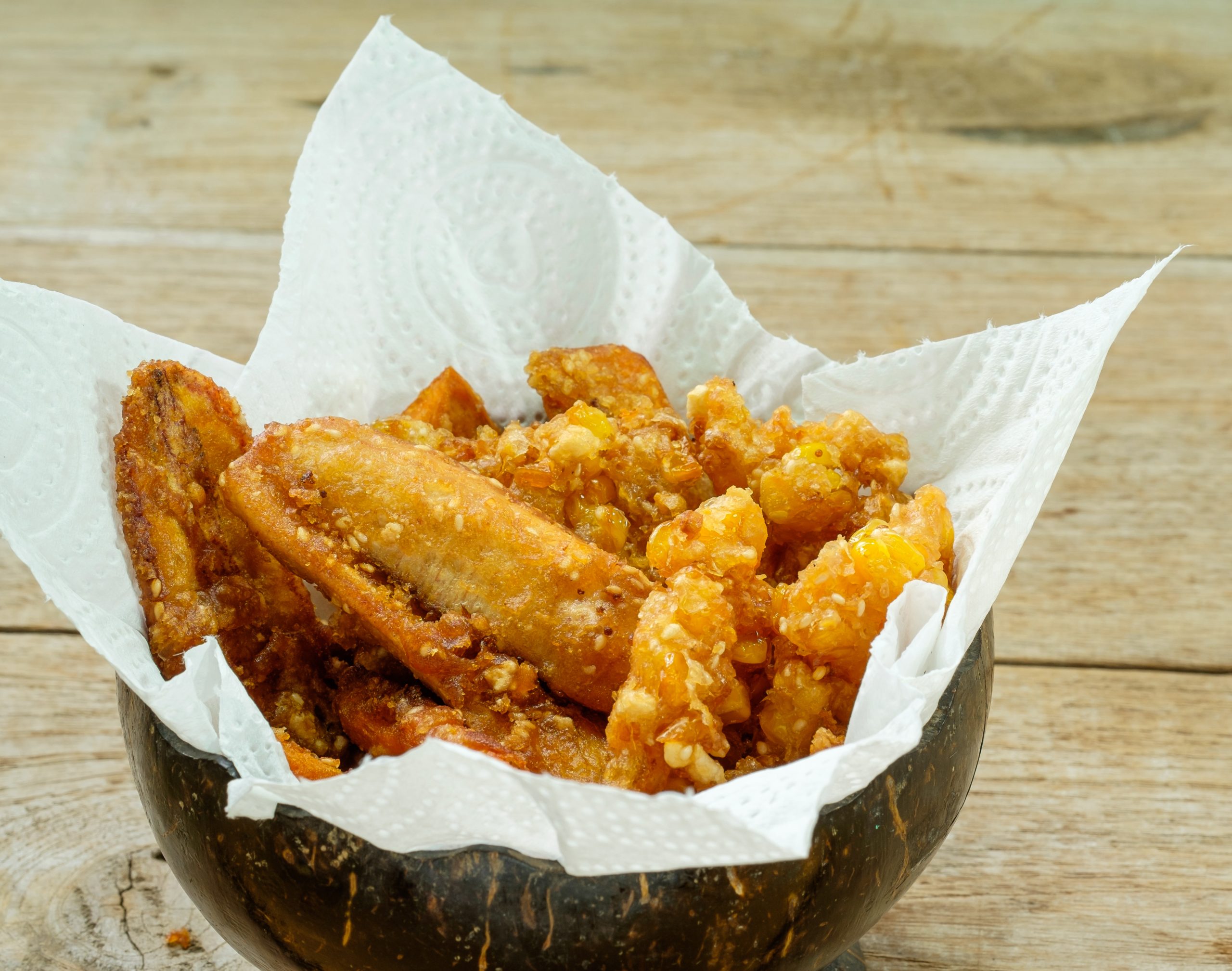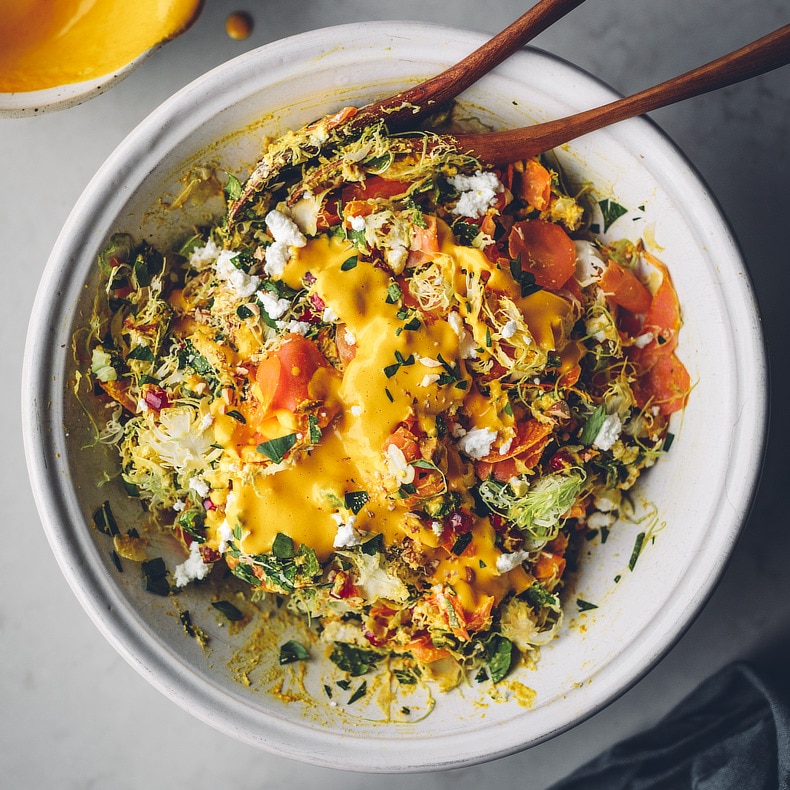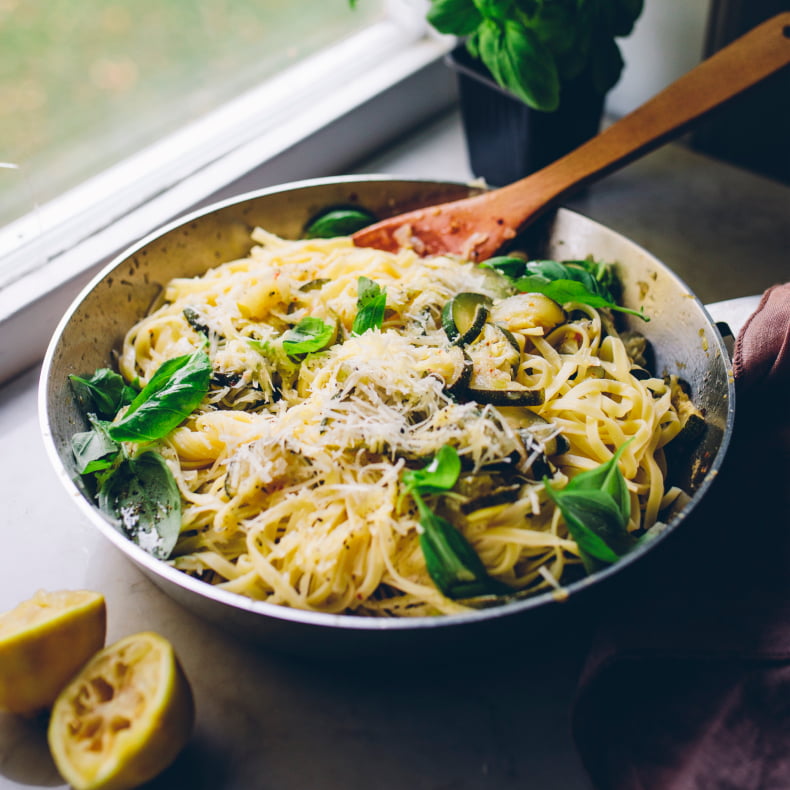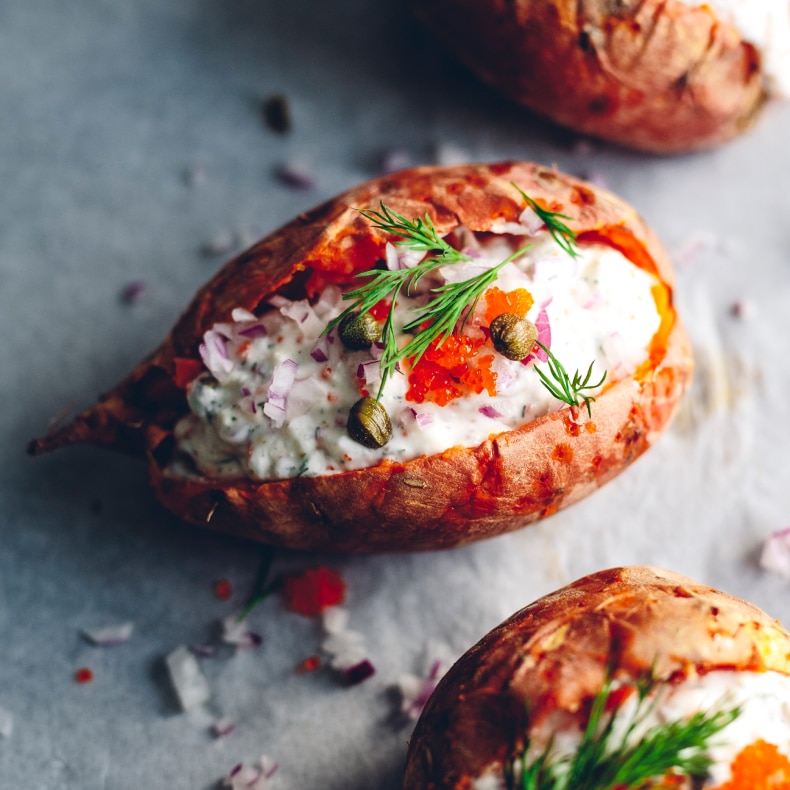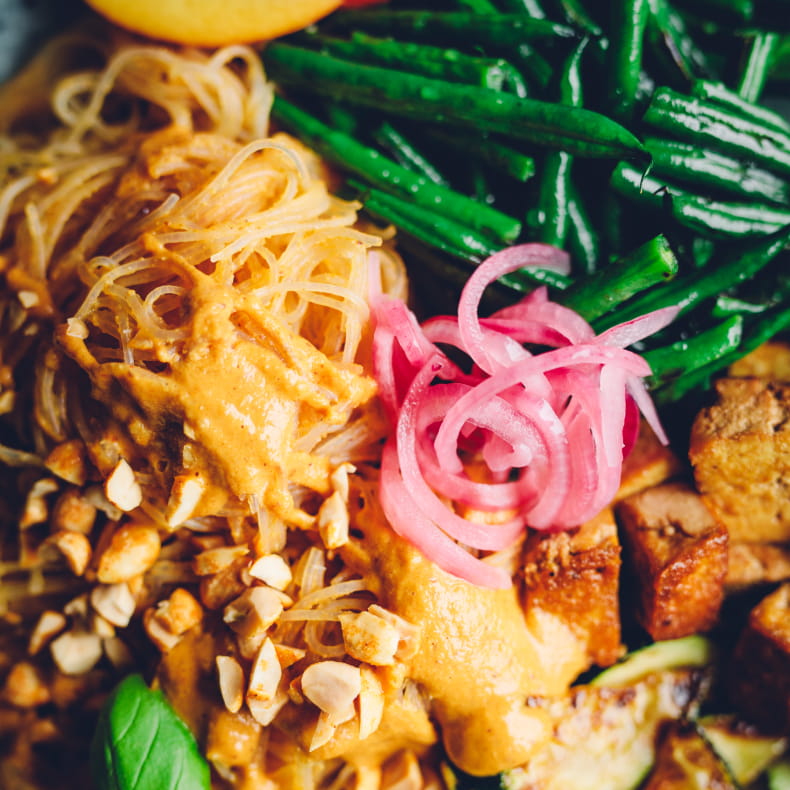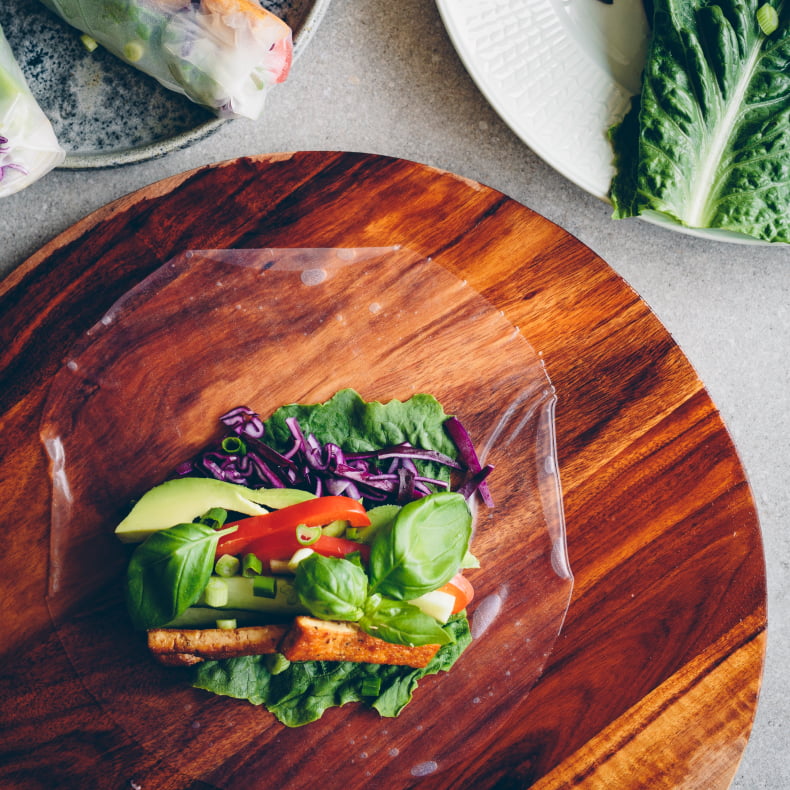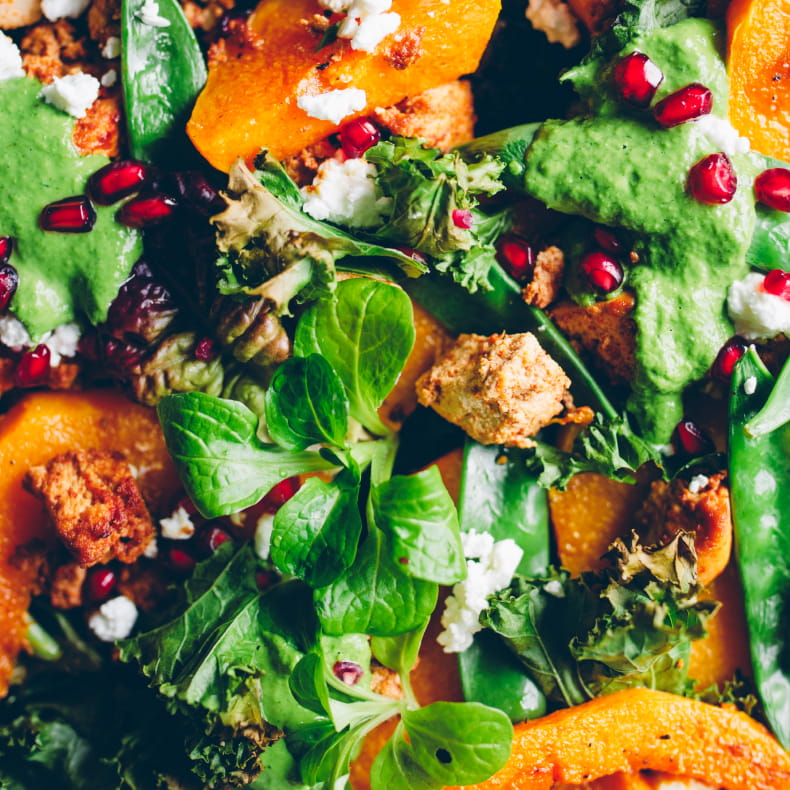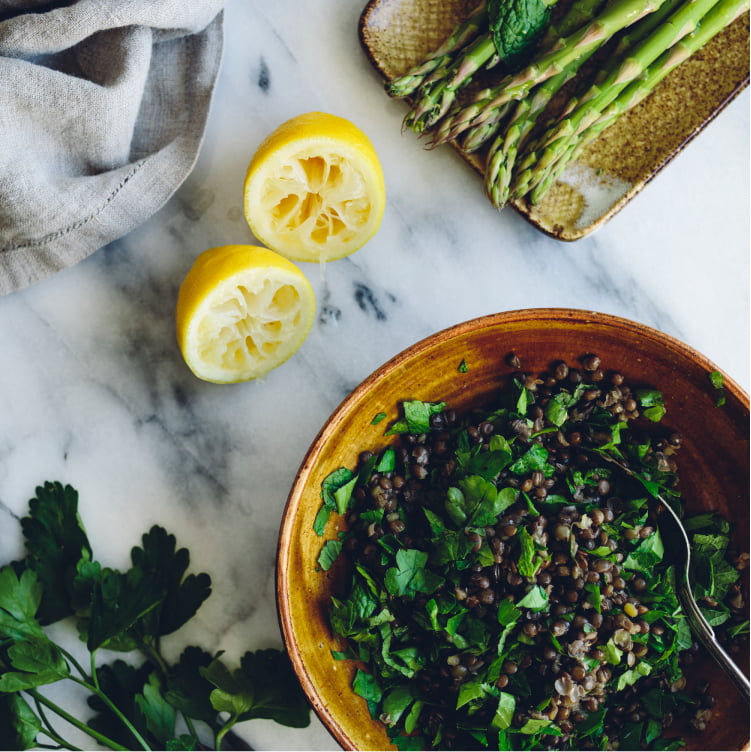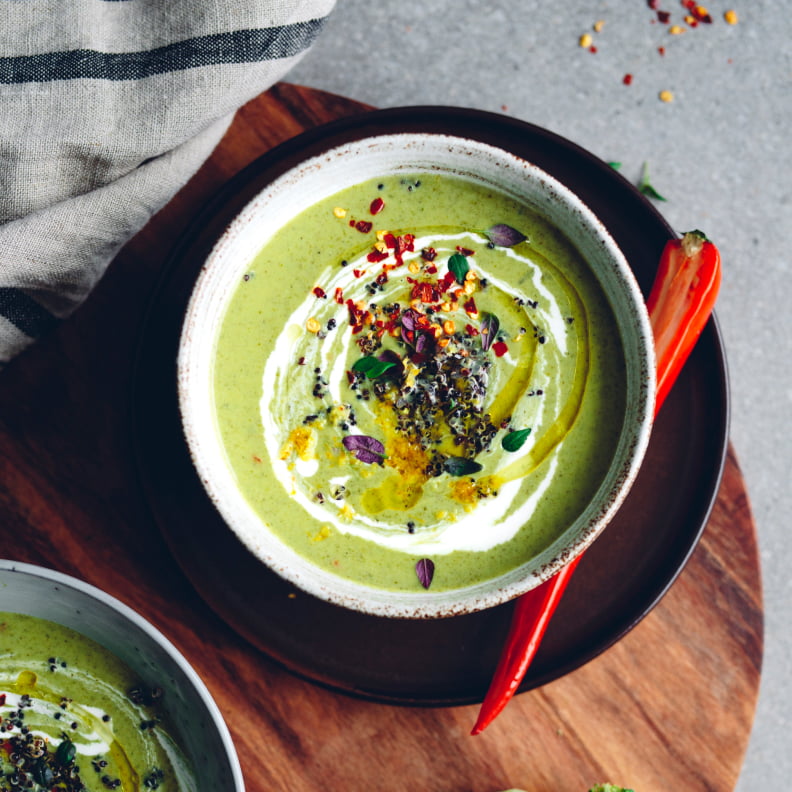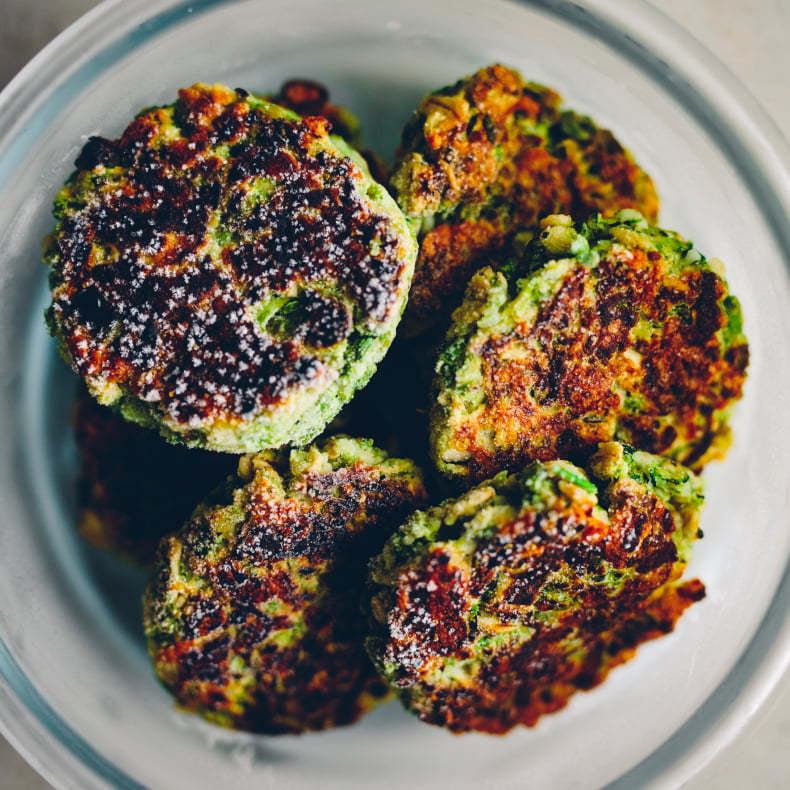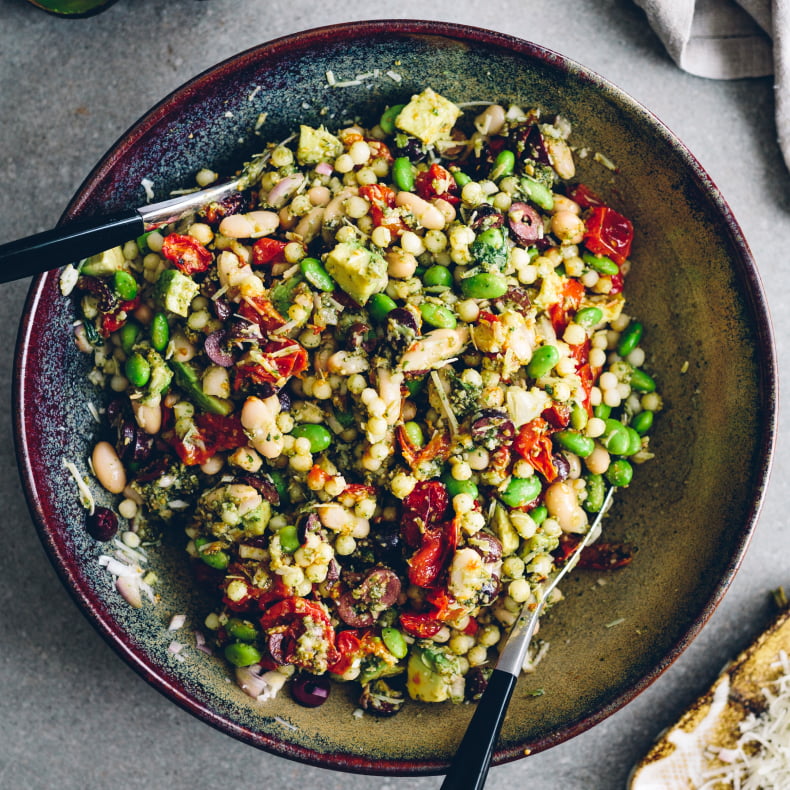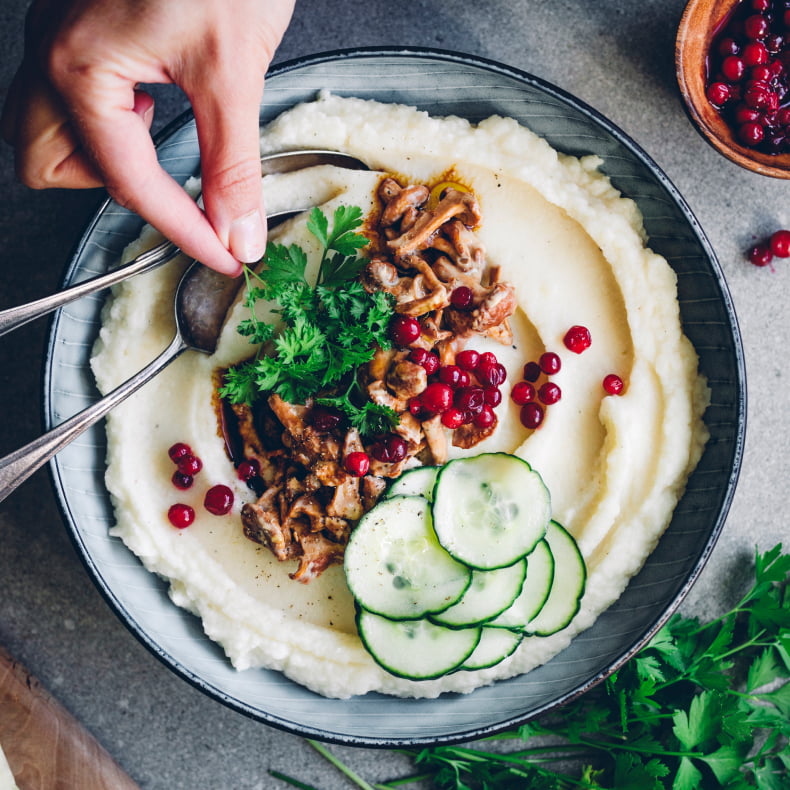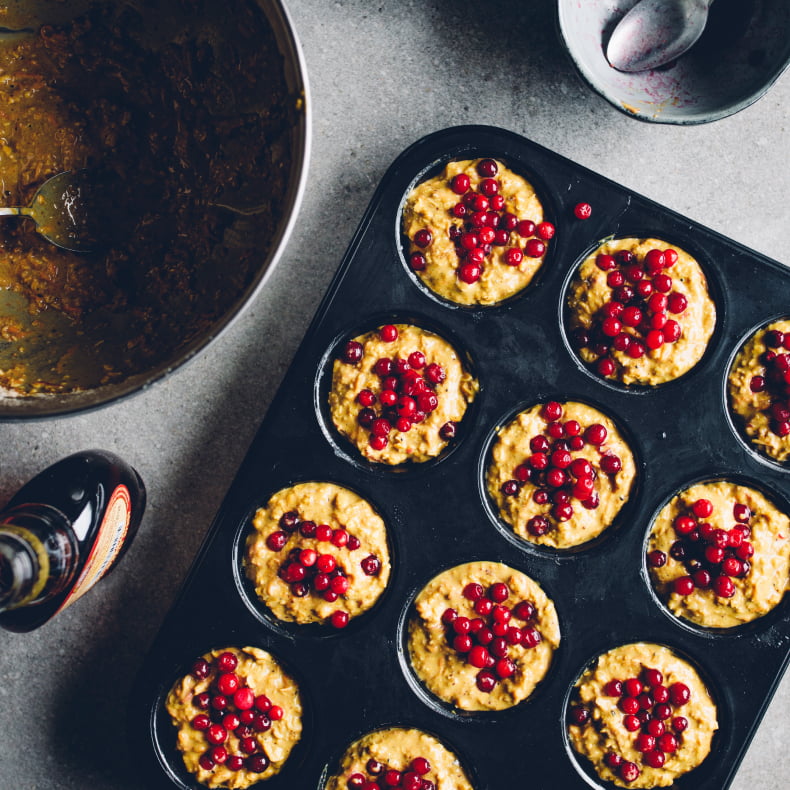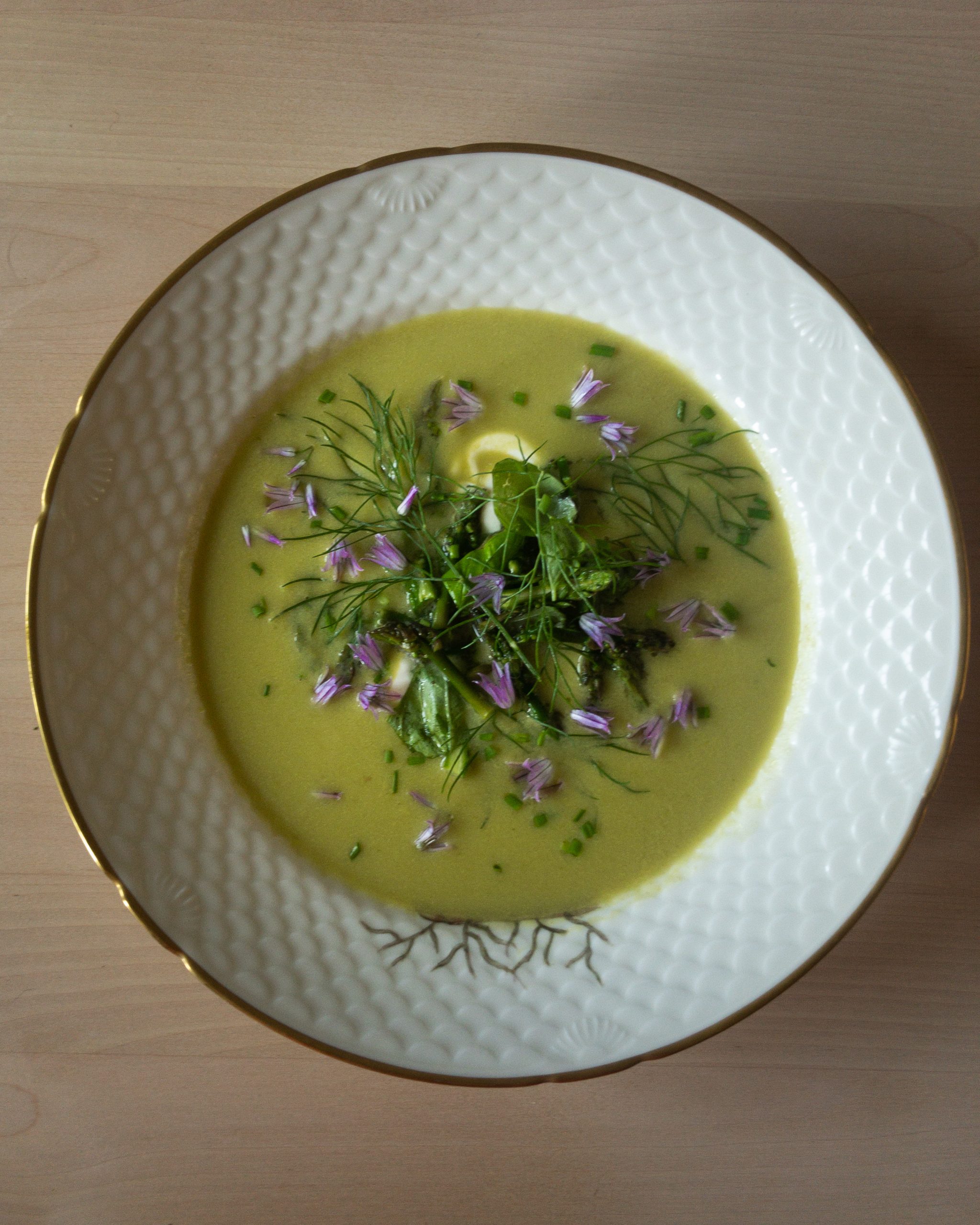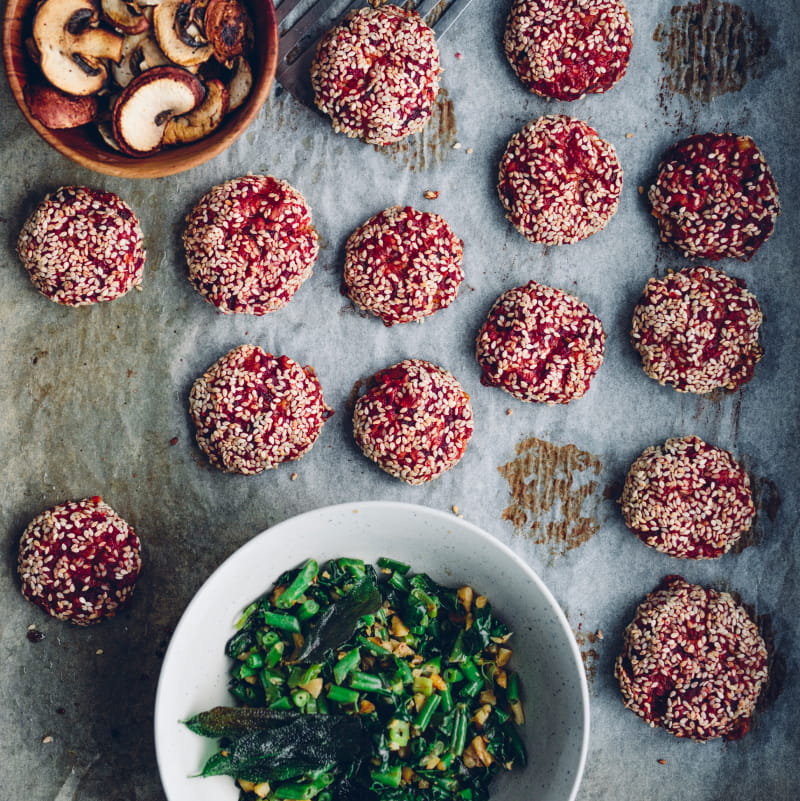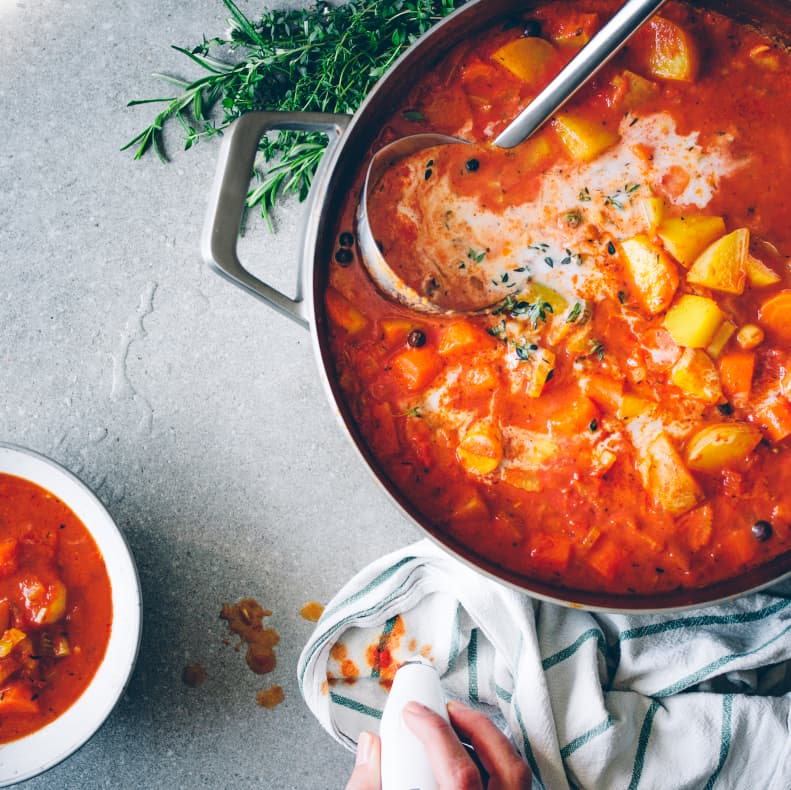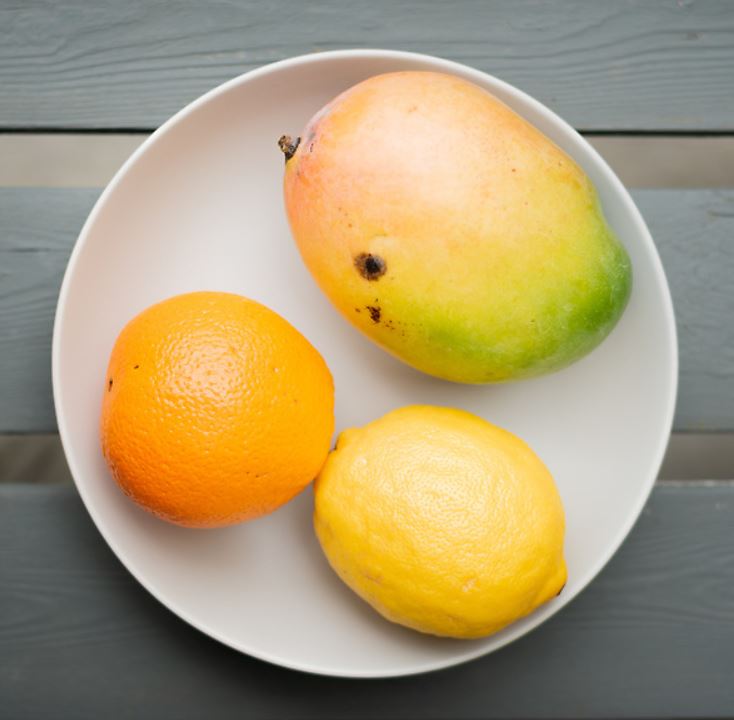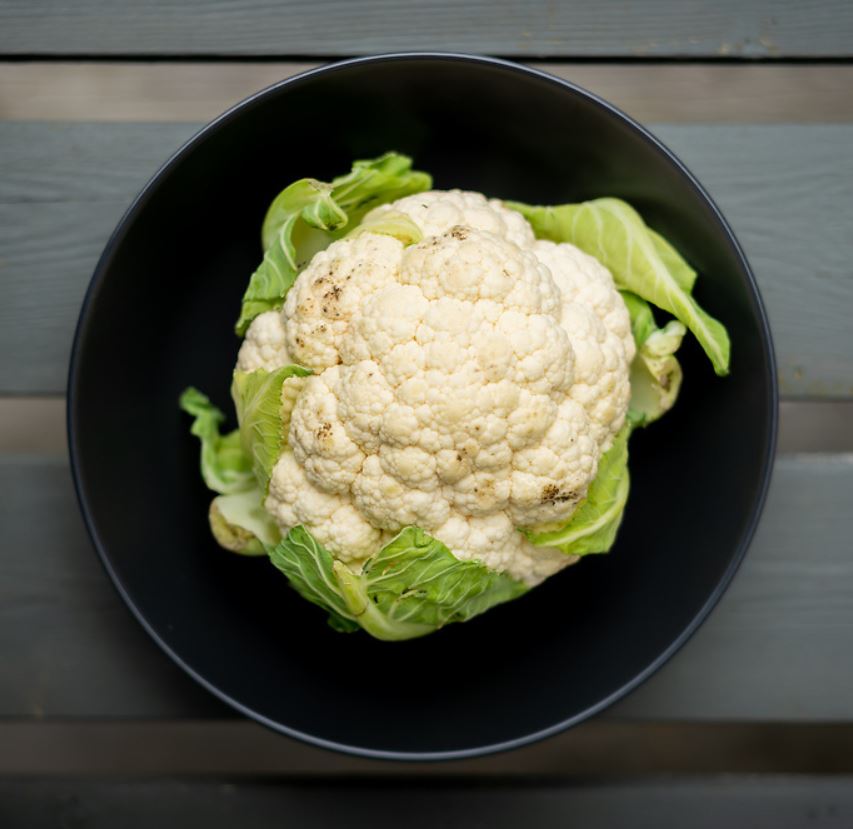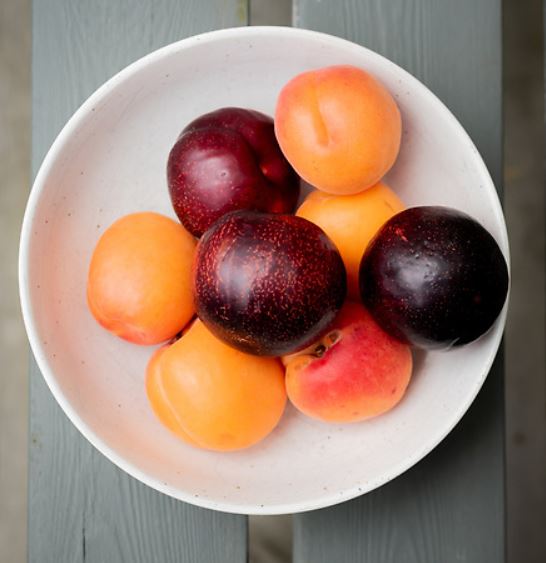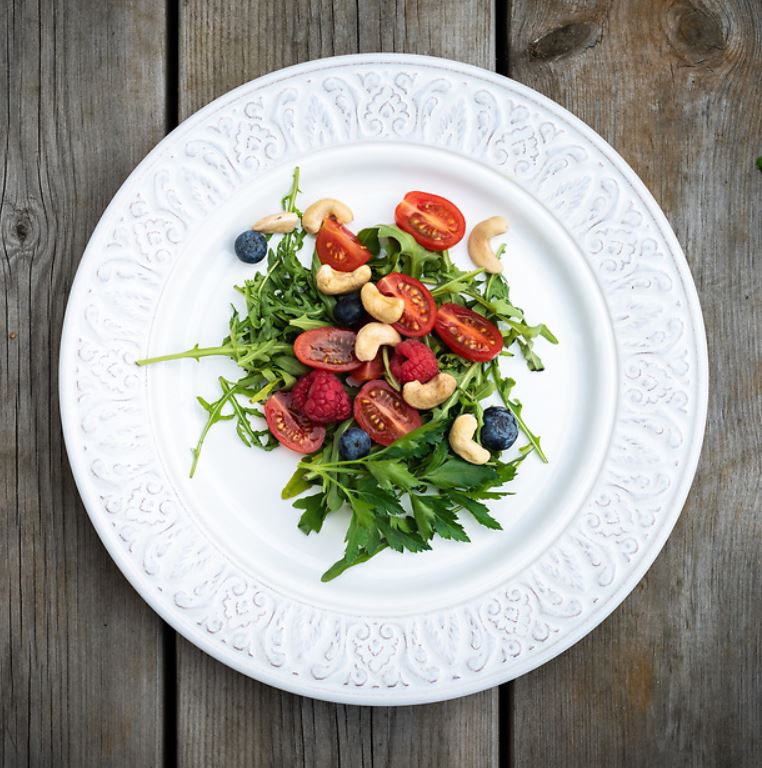The Planetary Health Diet
-
Vegetables and/or fruits
-
Whole grains
-
Starchy vegetables
-
Dairy
-
Animal-sourced protein
-
Plant-sourced protein
-
Unsaturated plant oils
-
Added sugars
One hamburger per week
Red meat
1 regular-sized burger
… or poultry
2-3 small chicken breasts
… or fish
2 small salmon fillets
Climate-friendly recipes
The future food generator
-
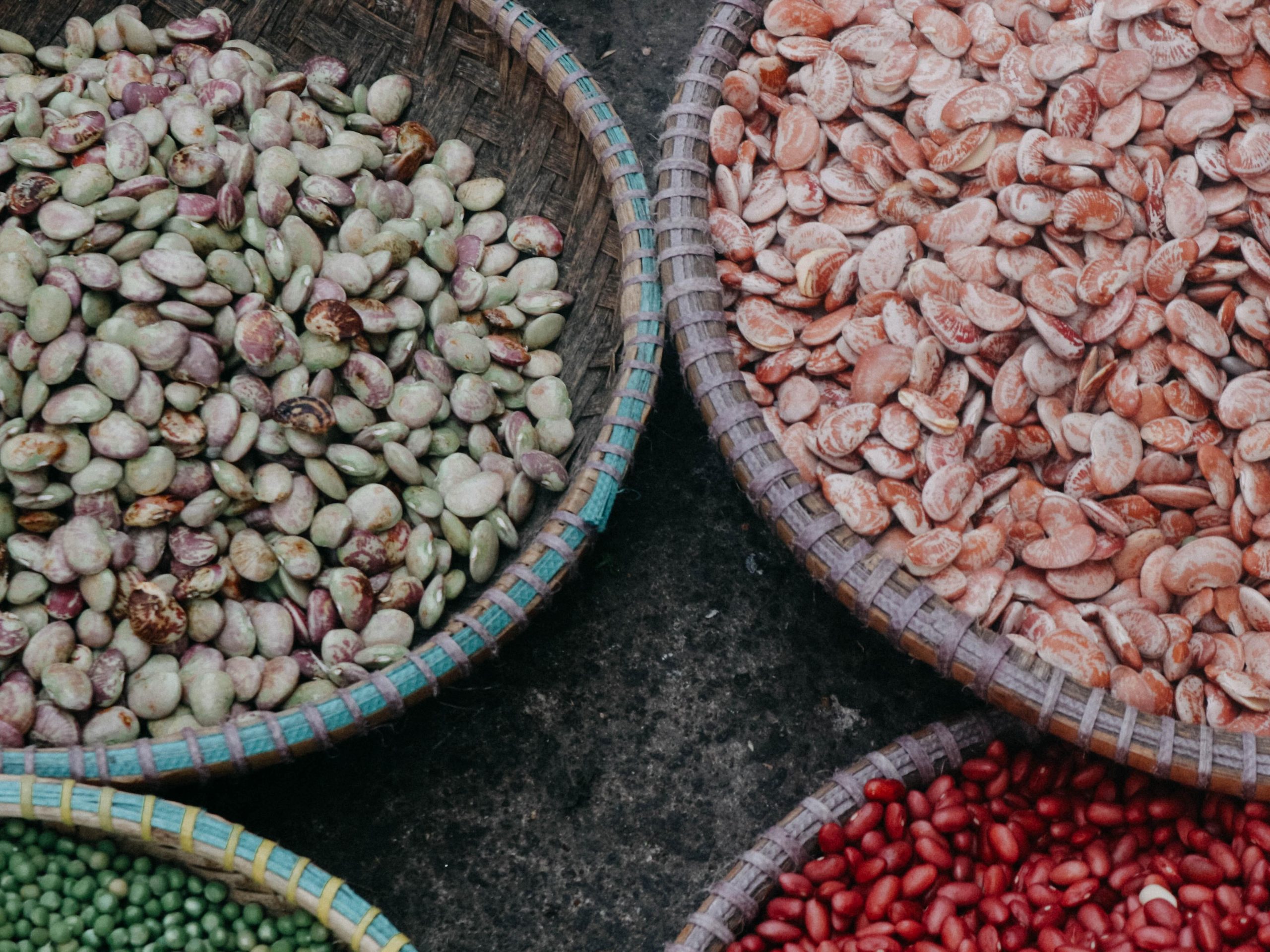 Adzuki beans
Adzuki beansRising in popularity due to their versatility, nutritional content and flavor, often they can be cooked, puréed and sweetened, added to soups or rice as a side.
Type: Beans & pulses
-
 Bambara beans
Bambara beansThis legume tastes and is eaten like a nut and has gained interest due to its ability to grow in challenging environments.
Type: Beans & pulses
-
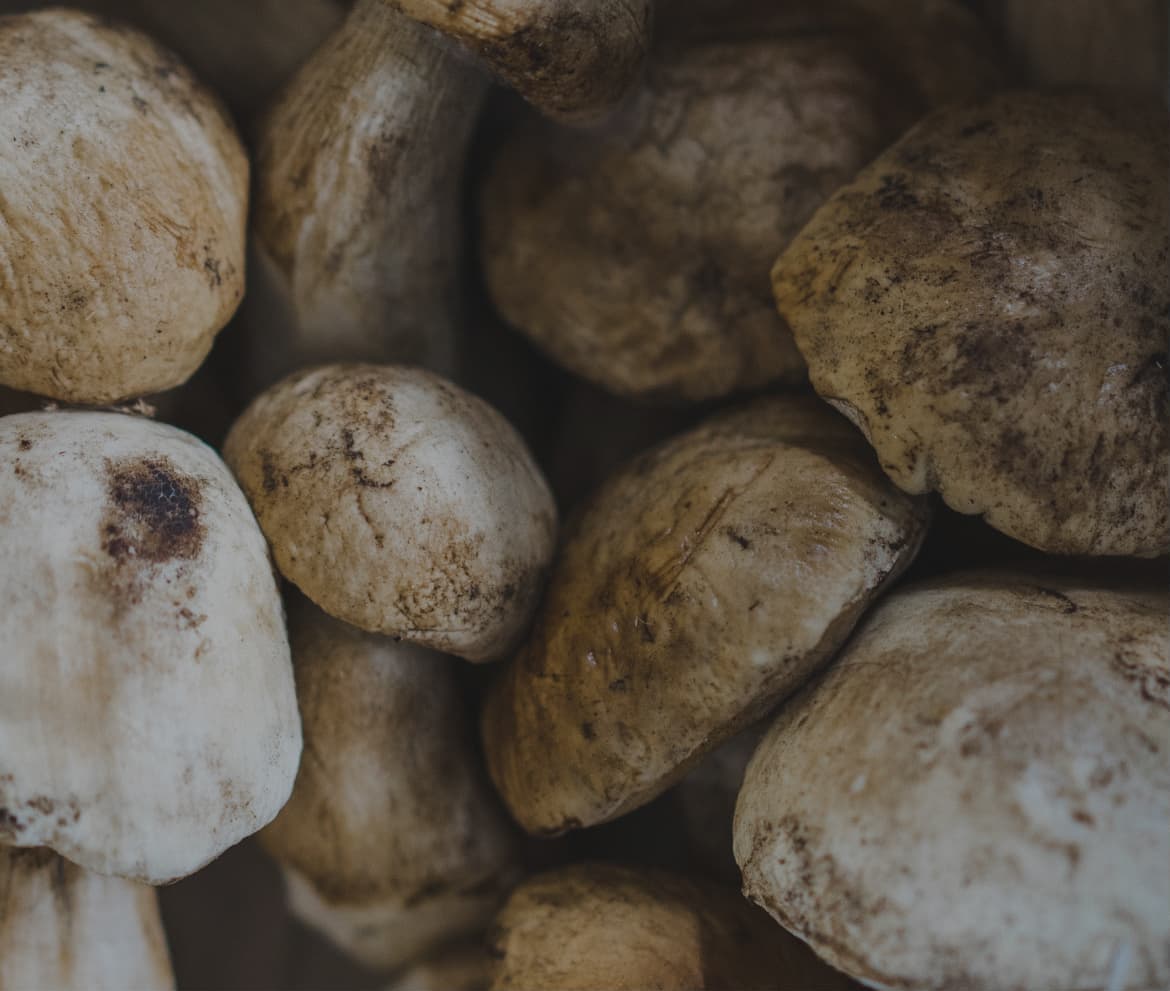 Saffron milk cap mushrooms
Saffron milk cap mushroomsOften featured in risottos and pasta dishes, their name comes from their beautiful saffron color and the orange milky liquid that oozes when sliced.
Type: Mushrooms
-
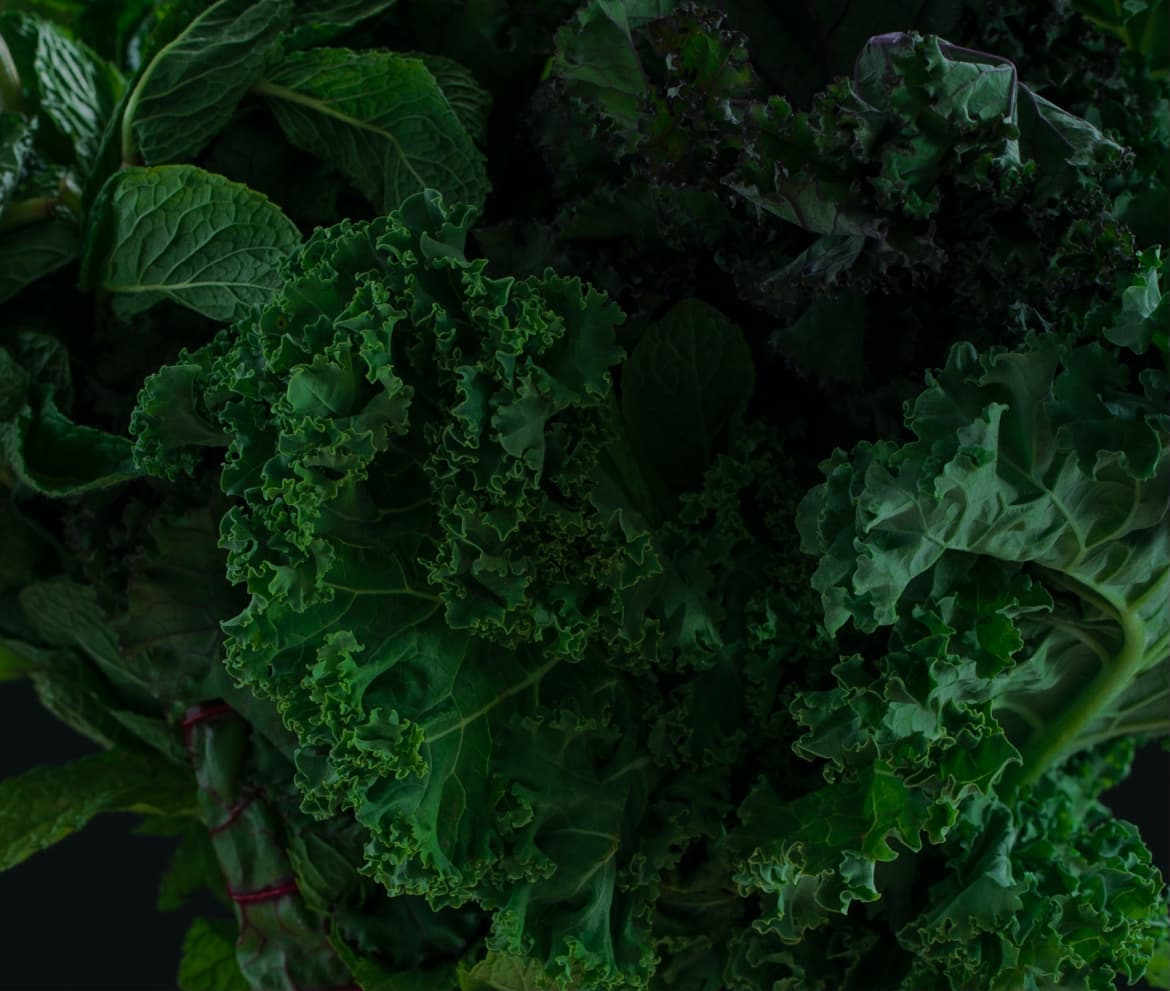 Moringa
MoringaOften referred to as ‘the miracle tree’ because of its exceptional fast-growing qualities, the versatile leaves have a similar flavor to fellow greens.
Type: Leafy greens
-
 Pak-choi
Pak-choiCrisp with a mild, cabbage-like flavor, it goes well with rich, sticky sauces and provides a crunchy texture.
Type: Leafy greens
-
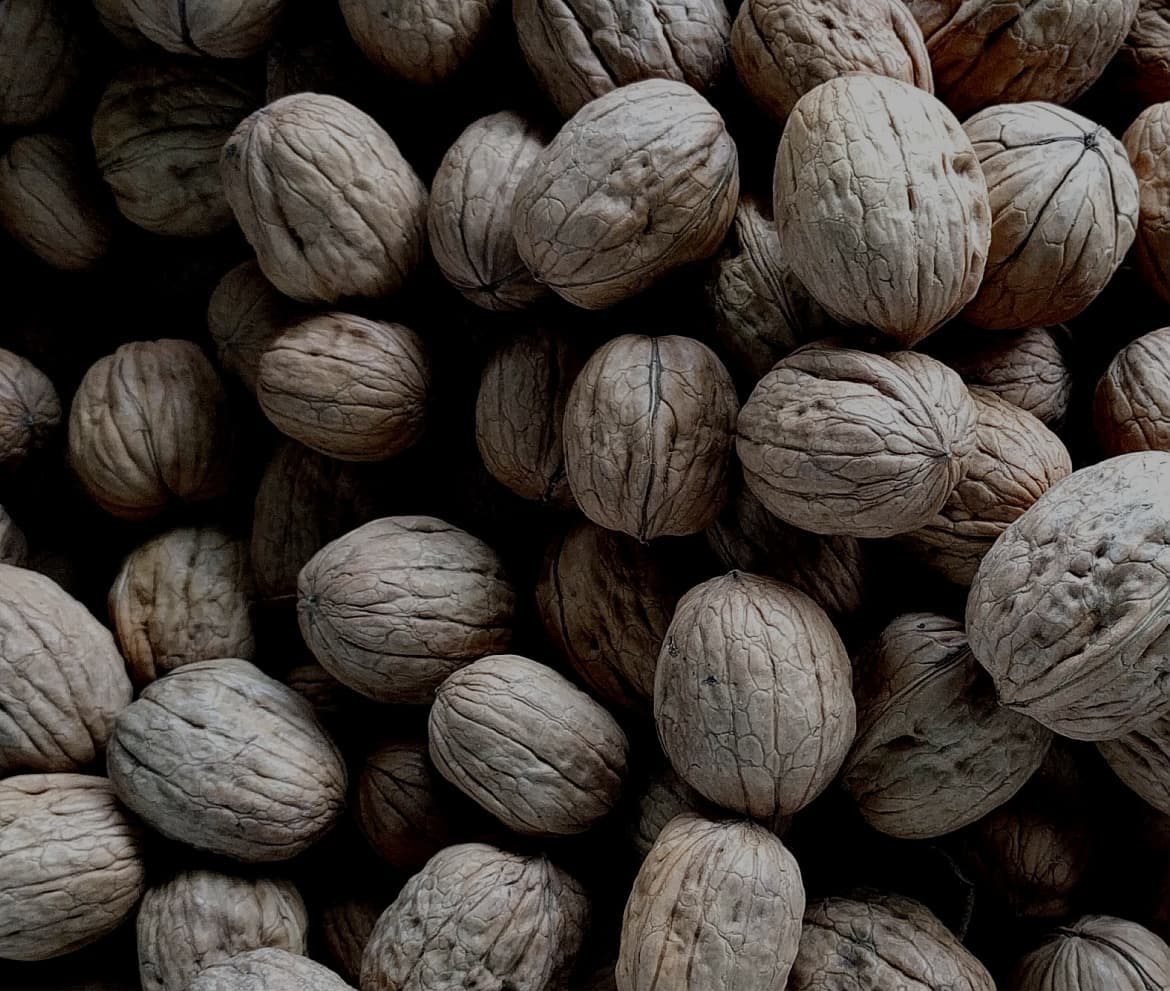 Sesame seeds
Sesame seedsThese healthy seeds add crunch and a nice nutty flavor to sushi, salads, soups, noodle and rice dishes. They also make a wonderfully fragrant oil.
Type: Nuts & seeds
-
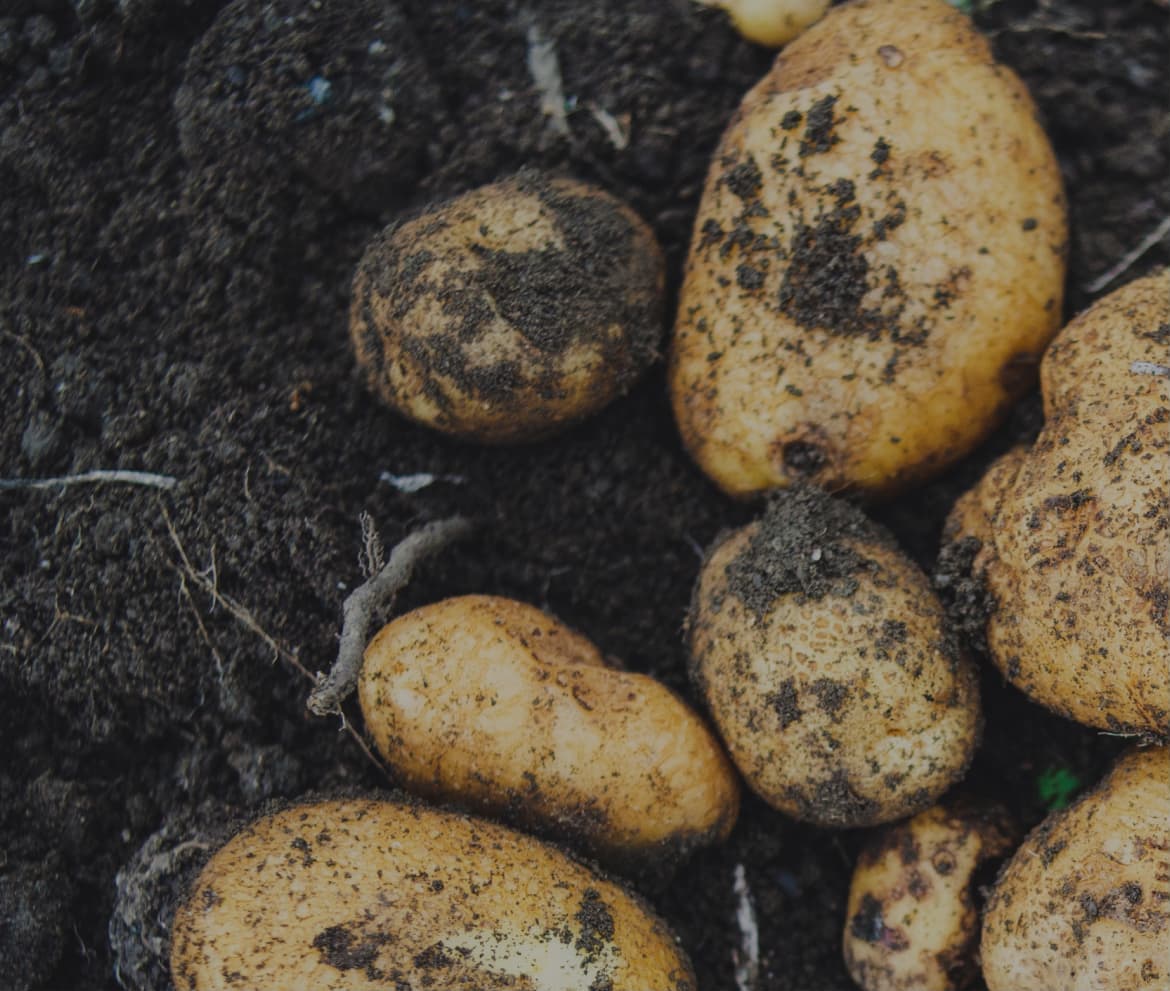 Red Indonesian (Cilembu) sweet potatoes
Red Indonesian (Cilembu) sweet potatoesNative to Indonesia, when baked they have a very distinctive aroma and sweet taste with a sugary, honey-like glaze.
Type: Tubers
-
 Ube (purple yam)
Ube (purple yam)Native to the Philippines, it is often eaten in the same way as potatoes boiled or baked. Even used as a sweetened pudding called ube halayá.
Type: Tubers
-
 Broad beans (fava beans)
Broad beans (fava beans)With a sweet, grassy taste and buttery texture, they are protected by a pod that can be eaten raw when the plant is young.
Type: Beans & pulses
-
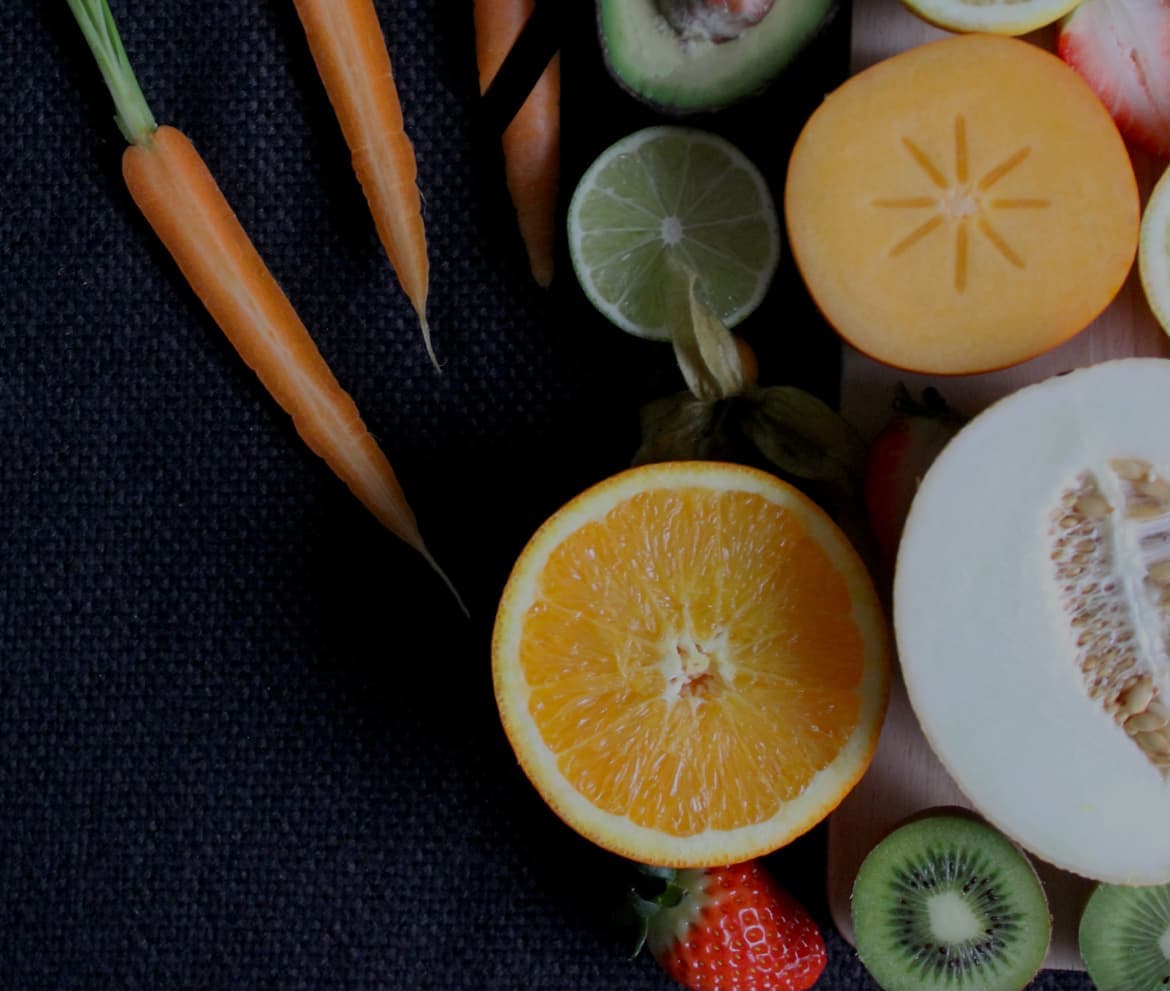 Okra
OkraThis slim, green-seed pod is commonly used in the Caribbean and can be steamed, stir-fried or grilled. It pairs well with strong, spicy flavors and seasonings.
Type: Fruit & vegetables
-
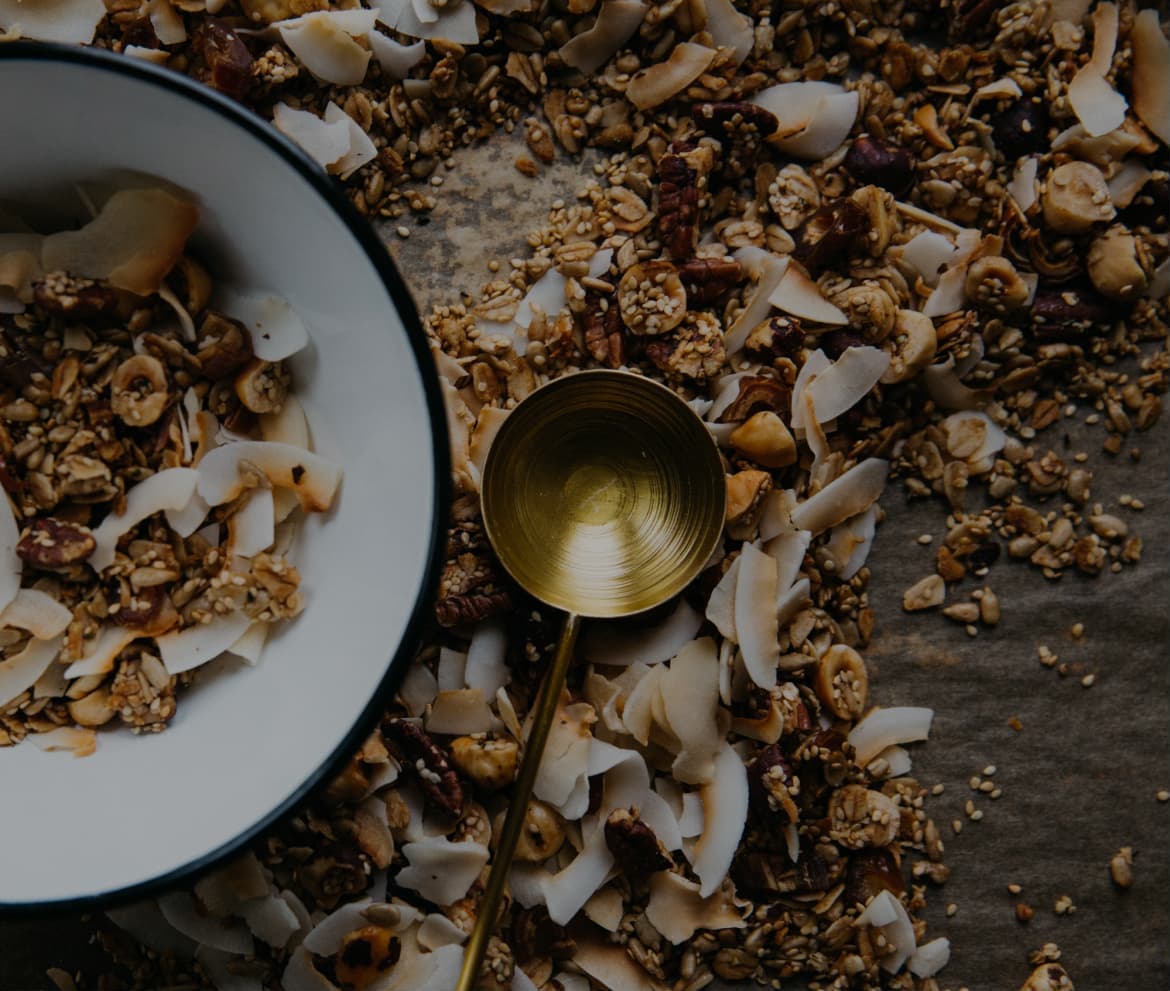 Wild rice
Wild riceCompared with white rice it contains more protein, zinc and iron. Add it to salads, soups and mix with other grains and vegetables to make vegetarian burgers.
Type: Cereals & grains
-
 Watercress
WatercressWith a pungent, peppery taste and crisp texture, both leaves and stems can be eaten sautéed or fresh, and are great mixed in soups, salads, tarts and omelets.
Type: Leafy greens
-
 Lentils
LentilsThis cousin of the pea requires little water to grow and has a carbon footprint 43 times lower than that of beef.
Type: Beans & pulses
-
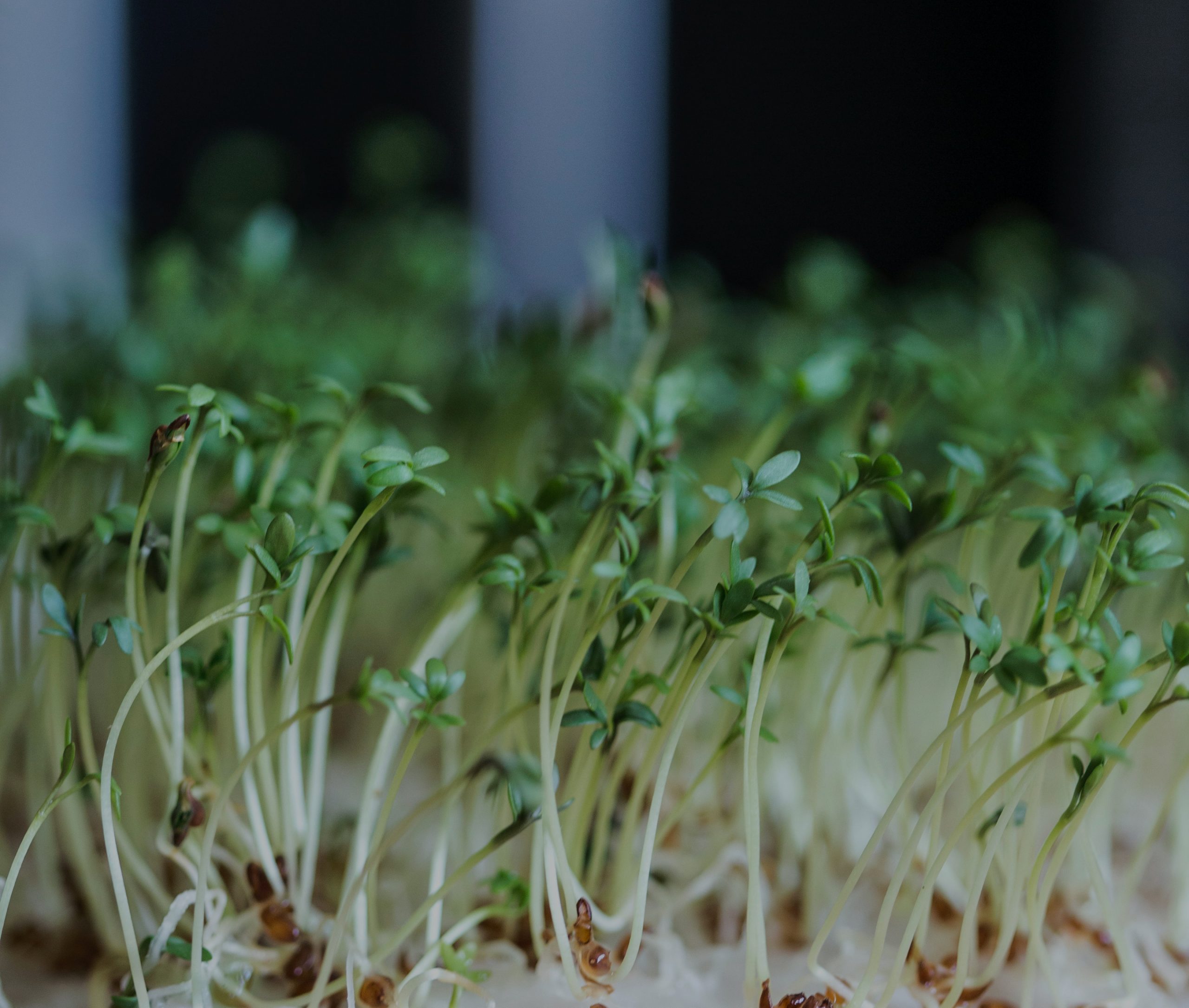 Sprouted kidney beans
Sprouted kidney beansA popular and versatile source of protein. When sprouted, their nutritional value skyrockets and the slight bitterness pairs well with sweetened sauces or dressings.
Type: Sprouts
-
 Khorasan wheat
Khorasan wheatGrown in 40 countries, it’s available in many forms, including as a wholegrain, couscous and flour. The kernels are great in stews, soups, pilafs and salads.
Type: Cereals & grains
-
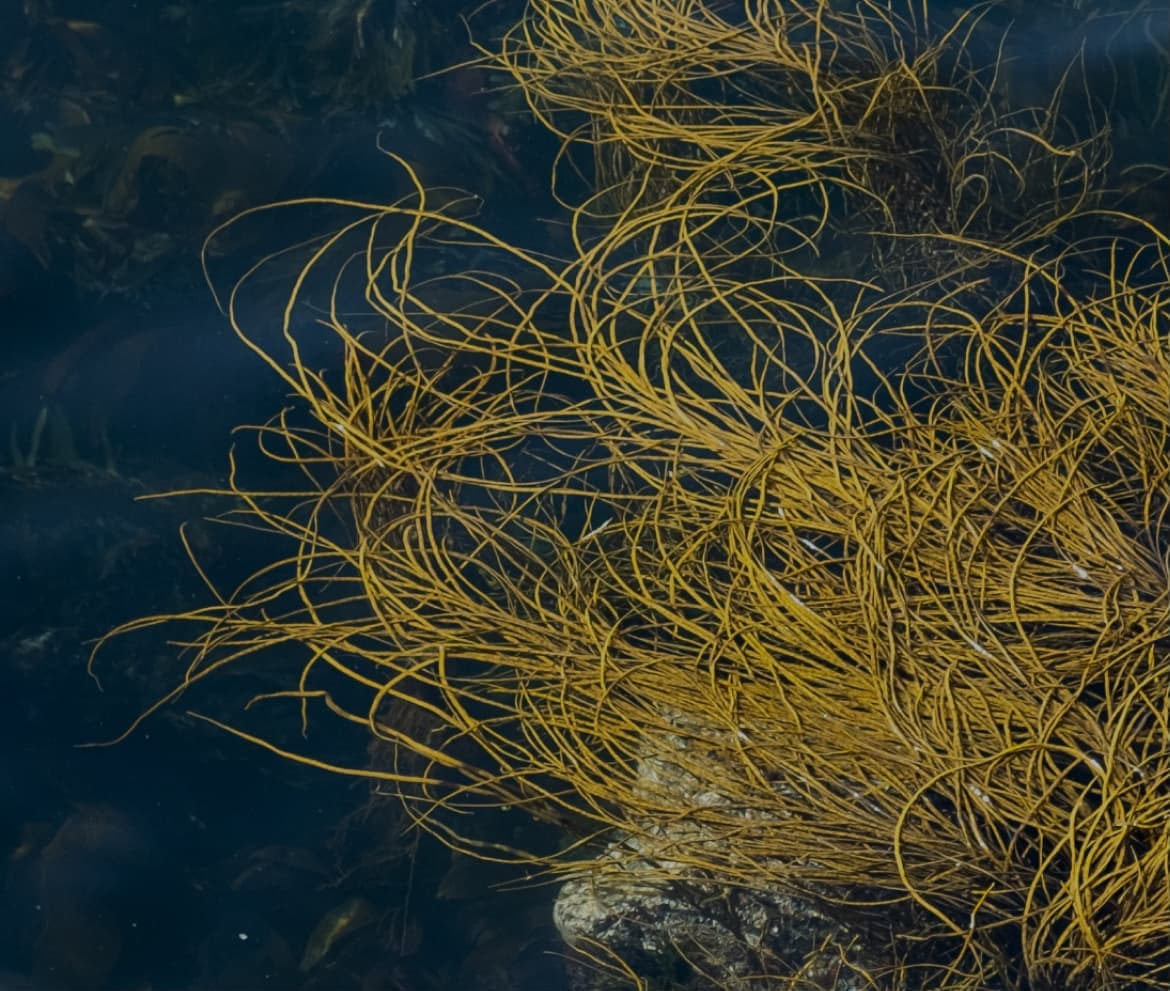 Laver seaweed
Laver seaweedA variety of red algae known for its link to Japanese cuisine. Called ‘nori’ in Japan, it’s commonly used for wrapping sushi.
Type: Algae
-
 Lotus root
Lotus rootHigh in vitamin C, these have a crunchy texture and a tangy, flavor making them a great addition to most dishes, whether stir fried, deep-fried, braised or pickled.
Type: Tubers
-
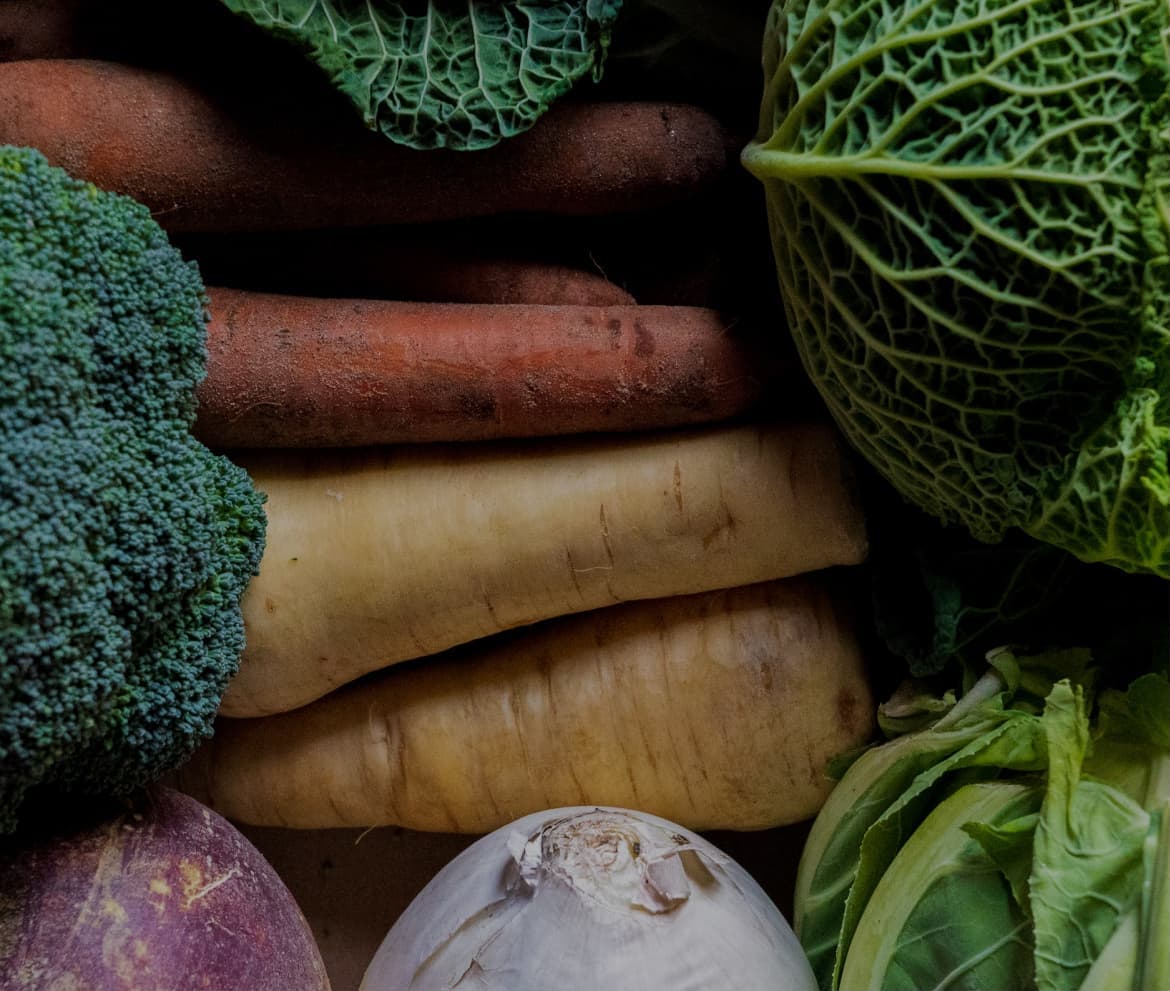 Parsley root
Parsley rootGreat as fritters or chips or grated raw into salads and slaws. Both taproot and leaves are edible and high in vitamin C.
Type: Root vegetables
-
 Flax seeds
Flax seedsCommonly eaten in salads and cereals, they are now in high demand for vegetarian burgers and other plant-based dishes.
Type: Nuts & seeds
-
 Soy beans
Soy beansUndoubtedly a powerful food. Raw soy beans contain 38 grams of protein per 100 grams - similar to pork and three times more than an egg.
Type: Beans & pulses
-
 Cowpeas
CowpeasCultivated for their nutty taste and high nutritional value, they are energy powerhouses packed with minerals and vitamins, including folate and magnesium.
Type: Beans & pulses
-
 Red cabbage
Red cabbageNot only more colorful and hardier than green cabbage, it also has ten times more vitamin A and double the amount of iron.
Type: Leafy greens
-
 Hemp seeds
Hemp seedsEaten raw, made into hemp meal, sprouted or made into powder, they can even be refined into paper, renewable plastic, clothes and biofuel.
Type: Nuts & seeds
-
 Alfalfa sprouts
Alfalfa sproutsCrunchy texture and mild flavor make these a great addition to sandwiches and soups. They can also be eaten on their own, topped with a light dressing.
Type: Sprouts
-
 Black turtle beans
Black turtle beansPopular in Latin America, these powerhouses of the legume family are regularly listed as ‘superfoods’ due to their high protein and fiber content.
Type: Beans & pulses
-
 Black salsify
Black salsifyThis parsnip-like root vegetable can be boiled, mashed or roasted, and served in place of a potato. It works well in stews and soups.
Type: Root vegetables
-
 Mung beans
Mung beansGreat with noodles, rice dishes, curries and stir-fries. They can even be scrambled like eggs or puréed to resemble ice cream.
Type: Beans & pulses
-
 Enoki mushrooms
Enoki mushroomsCook quickly to keep texture and enhance their umami flavor - either flash fried, pan-roasted or bathed in the residual heat of stews or stir-fries.
Type: Mushrooms
-
 Broccoli rabe
Broccoli rabeBoil or sauté it with garlic and chili and serve as a side. All parts are delicious paired with grains, nuts and other vegetables.
Type: Leafy greens
-
 Kale
KalePacked with vitamins A, K and C, it can be eaten raw, roasted, boiled, sautéed, grilled or use dried and whizzed up in soups and smoothies.
Type: Leafy greens
-
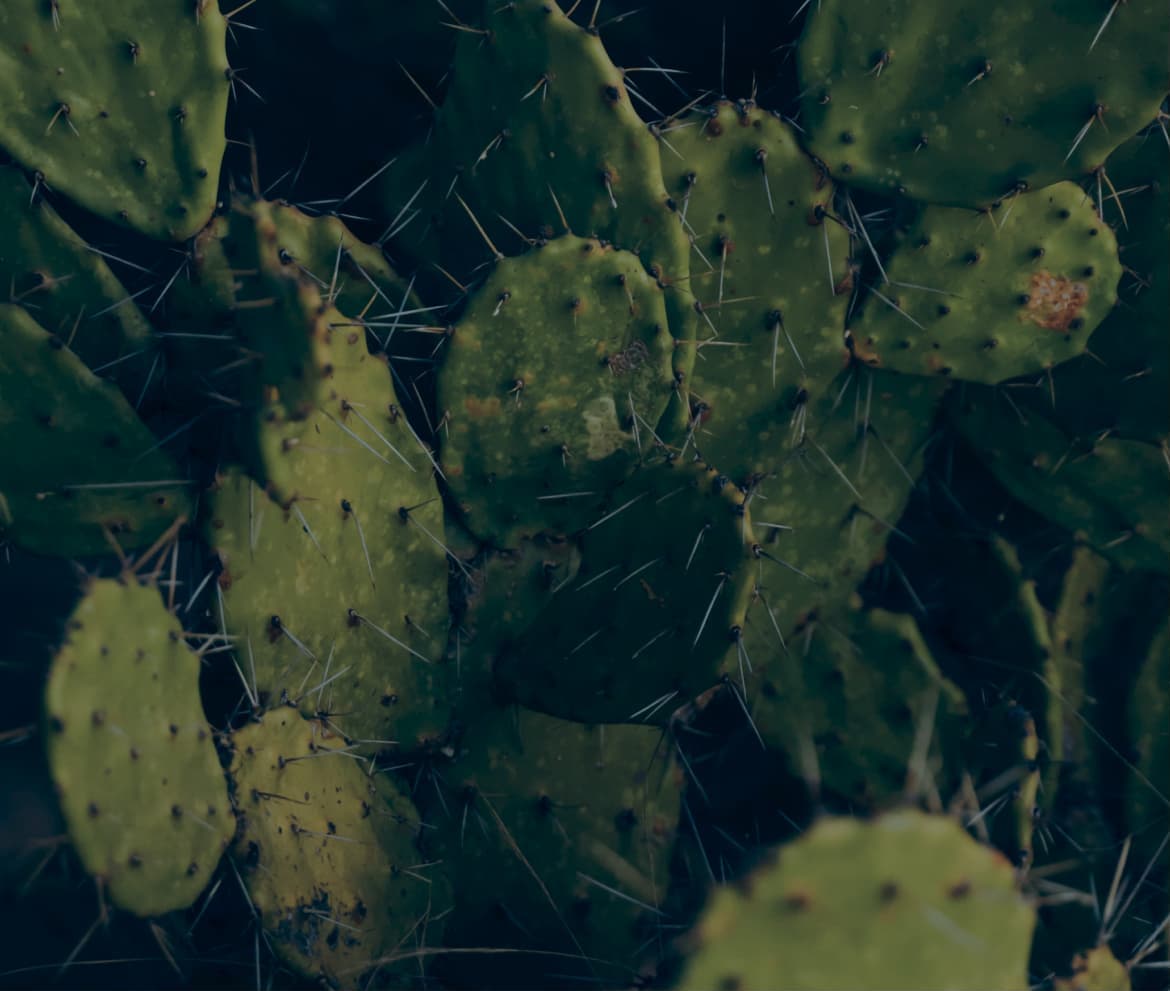 Nopales
NopalesA common ingredient in Mexican cuisine, the leaves and flowers can be eaten raw, cooked, or made into delicious juices and jams.
Type: Cacti
-
 Fonio
FonioArguably Africa’s oldest cultivated food, it’s been around for more than 5,000 years. Gluten-free and highly nutritious, it can be used in salads, cereals, crackers, pastas or baked.
Type: Cereals & grains
-
 White icicle radish (winter radish)
White icicle radish (winter radish)They look like carrots and are tasty grilled, braised or roasted. Also enjoy them grated or sliced into salads, stir-fries, curries and soups to add crunch.
Type: Root vegetables
-
 Beet greens
Beet greensThe leafy green part of the beetroot is the most nutritious part of the plant – a great addition to stews, soups and salads.
Type: Leafy greens
-
 Orange tomatoes
Orange tomatoesThey’re sweeter and less acidic than their red relatives, and they contain up to twice as much vitamin A and folate (B vitamin) than other varieties.
Type: Fruit & vegetables
-
 Buckwheat
BuckwheatA great alternative to rice, it’s ideal cooked in a broth and can be used in salads or stuffing. Popular in Russia and Eastern Europe.
Type: Cereals & grains
-
 Quinoa
QuinoaThis long-time staple in South America has been gaining popularity in Europe and the US since the early 2000s, marketed as a healthier, tastier replacement for rice.
Type: Cereals & grains
-
 Walnuts
WalnutsContaining more omega 3 fatty acids and vitamin E than many other nuts, they are mostly eaten in cakes, muesli, stews, sauces and dressings.
Type: Nuts & seeds
-
 Amaranth
AmaranthThis sandy yellow seed is high in magnesium and protein. It has a mild, slightly nutty taste and gelatinous texture, making it ideal for soups, sides and risottos.
Type: Cereals & grains
-
 Pumpkin flowers
Pumpkin flowersRich in vitamin C, the combination of mild pumpkin and soft texture make them the perfect addition to soups, sauces, salads and pasta dishes.
Type: Fruit & vegetables
-
 Teff
TeffKnown as ‘the next super grain’, the seeds can be steamed or boiled in stock or water to be served as a side dish or to bulk up dishes.
Type: Cereals & grains
-
 Spelt
SpeltAn ancient form of wheat, it’s a hybrid of emmer wheat and goat grass. The mellow, nutty flavor is popular in place of rice in pilaf, risotto and side dishes.
Type: Cereals & grains
-
 Sprouted chickpeas
Sprouted chickpeasOne cup of chickpeas provides around ten grams of protein. Hummus made from sprouted chickpeas has more crunch and a nuttier flavor.
Type: Sprouts
-
 Marama beans
Marama beansWhen roasted, they taste like cashews, making them a great addition to stir-fries, curries and other cooked dishes.
Type: Beans & pulses
-
 Wakame seaweed
Wakame seaweedCultivated for centuries by sea farmers in Korea and Japan, deep-green colored wakame is rich in nutrients and easy to grow.
Type: Algae
-
 Yam bean root (jicama)
Yam bean root (jicama)Typically eaten fresh and sliced to add crunch to salads or as a snack, only the root or tuber part of the yam bean root should be eaten.
Type: Tubers
-
 Maitake mushrooms
Maitake mushroomsNoted for their B vitamin content and for being a non-animal source of vitamin D, they have a strong, earthy taste and enrich the flavors of other foods.
Type: Mushrooms
-
 Finger millet
Finger milletTry using it as porridge or milled into flour for bread or pancakes. Its mild flavor is slightly nuttier than quinoa with a similar texture to couscous.
Type: Cereals & grains
-
 Spinach
SpinachAlthough its powers were highly overstated by Popeye, it is particularly high in vitamins A, B, C and K.
Type: Leafy greens
-
 Pumpkin leaves
Pumpkin leavesA good source of iron, vitamin K and carotenoids, they taste like a cross between asparagus, broccoli and spinach.
Type: Leafy greens
